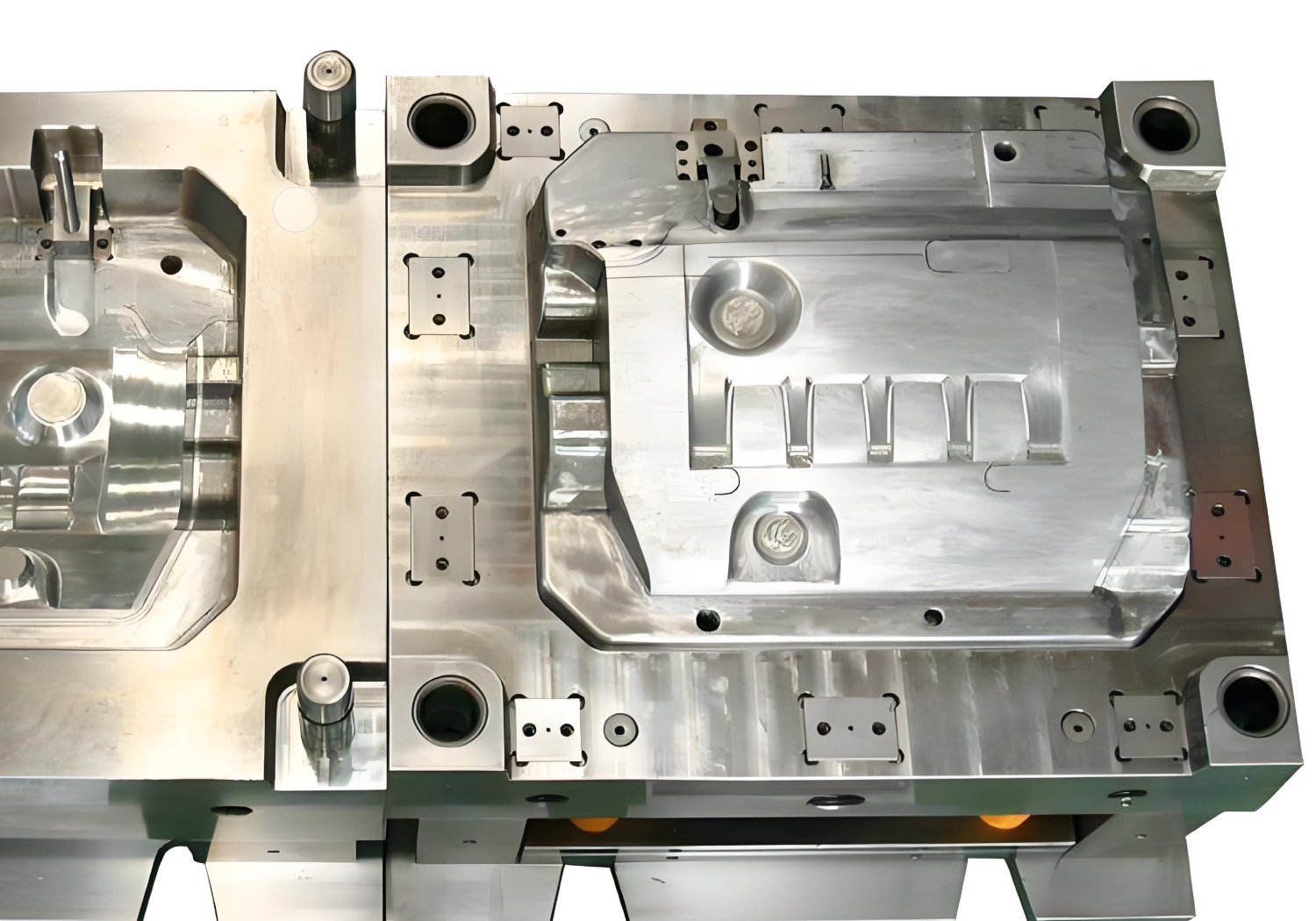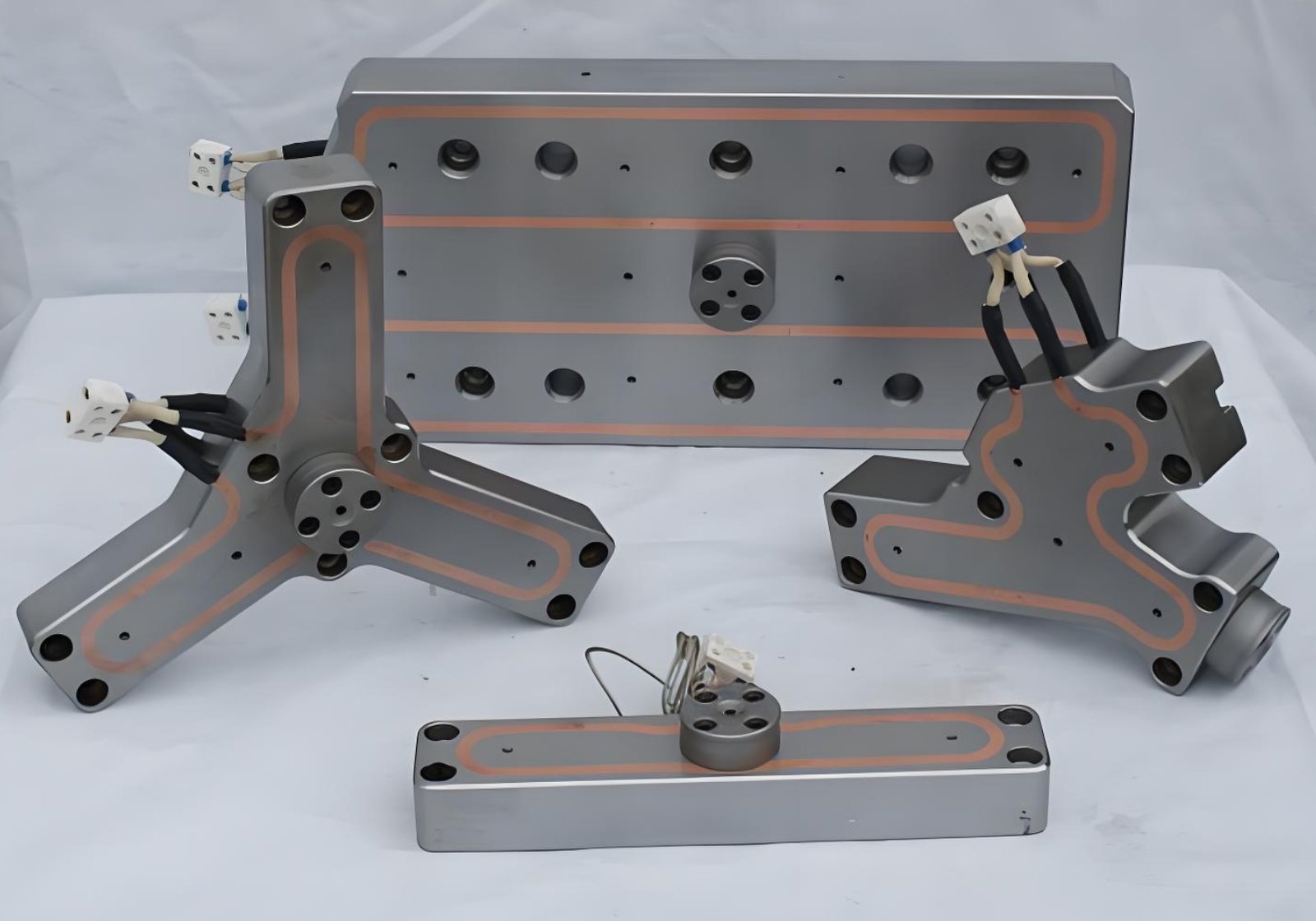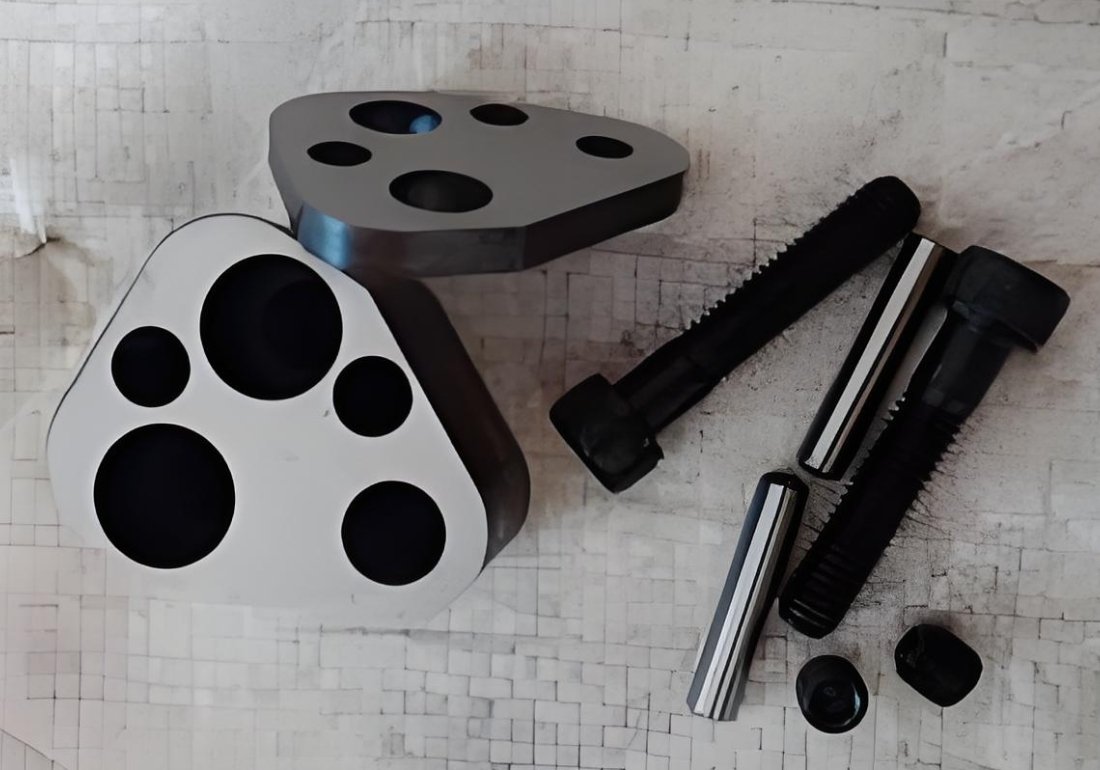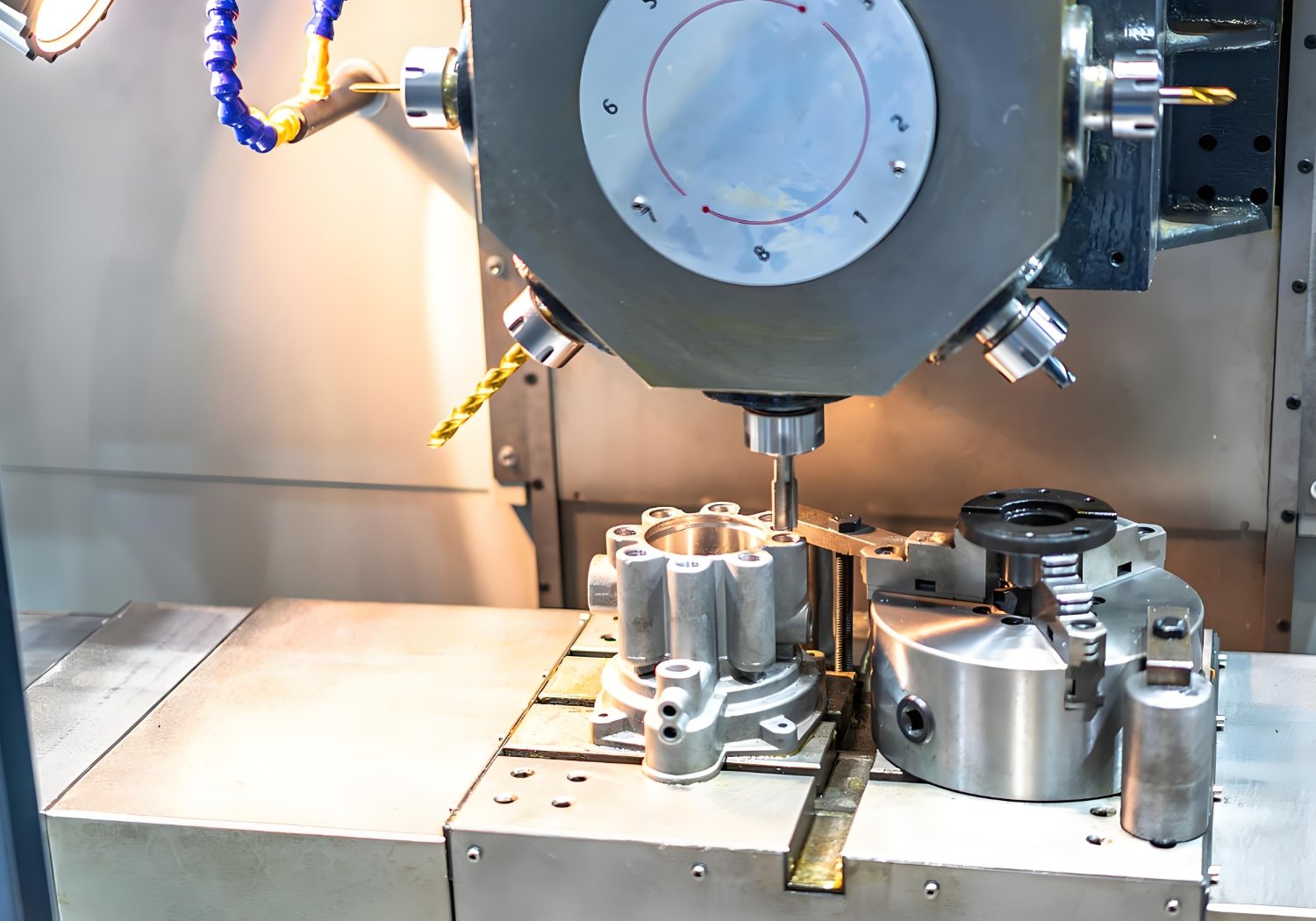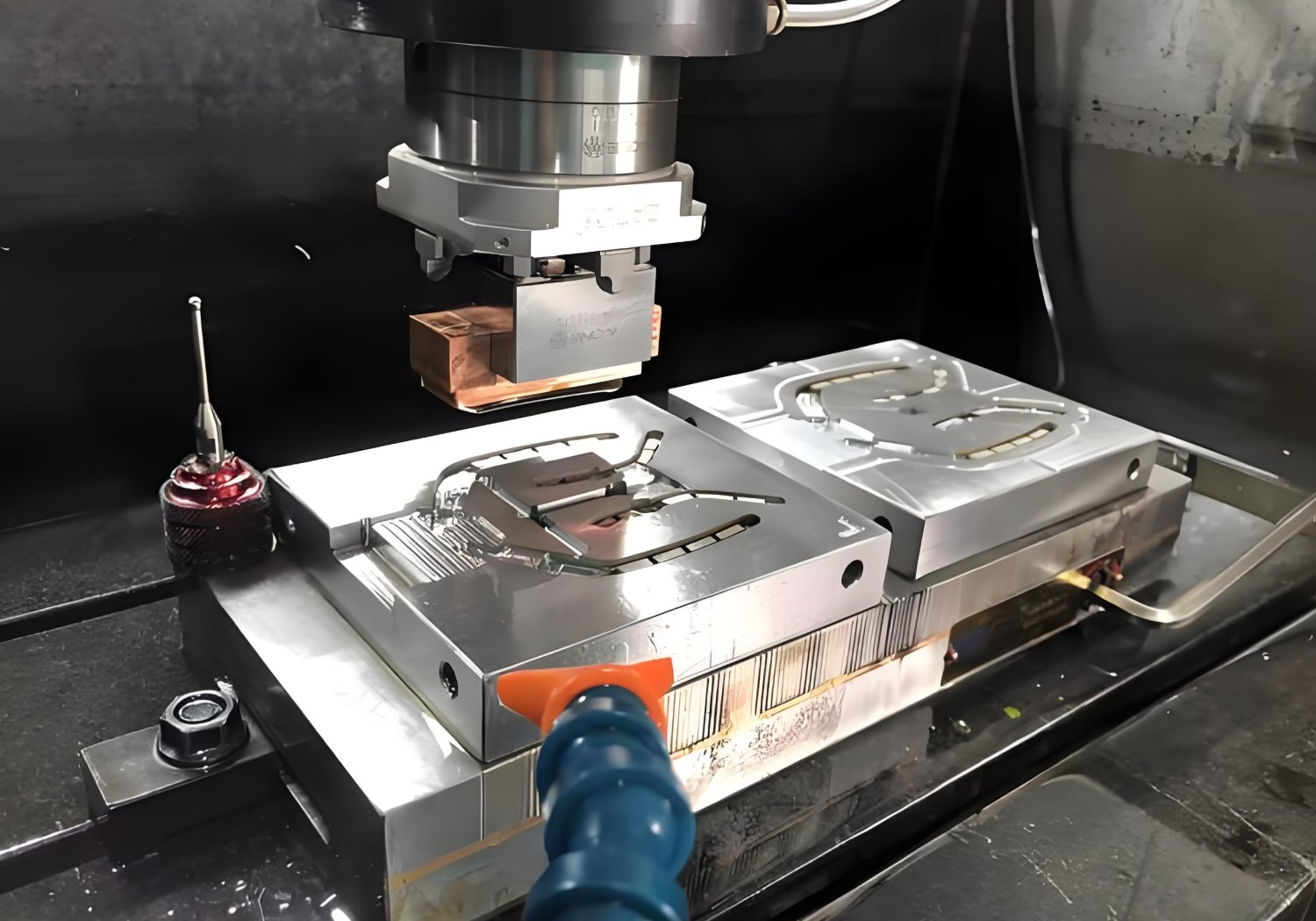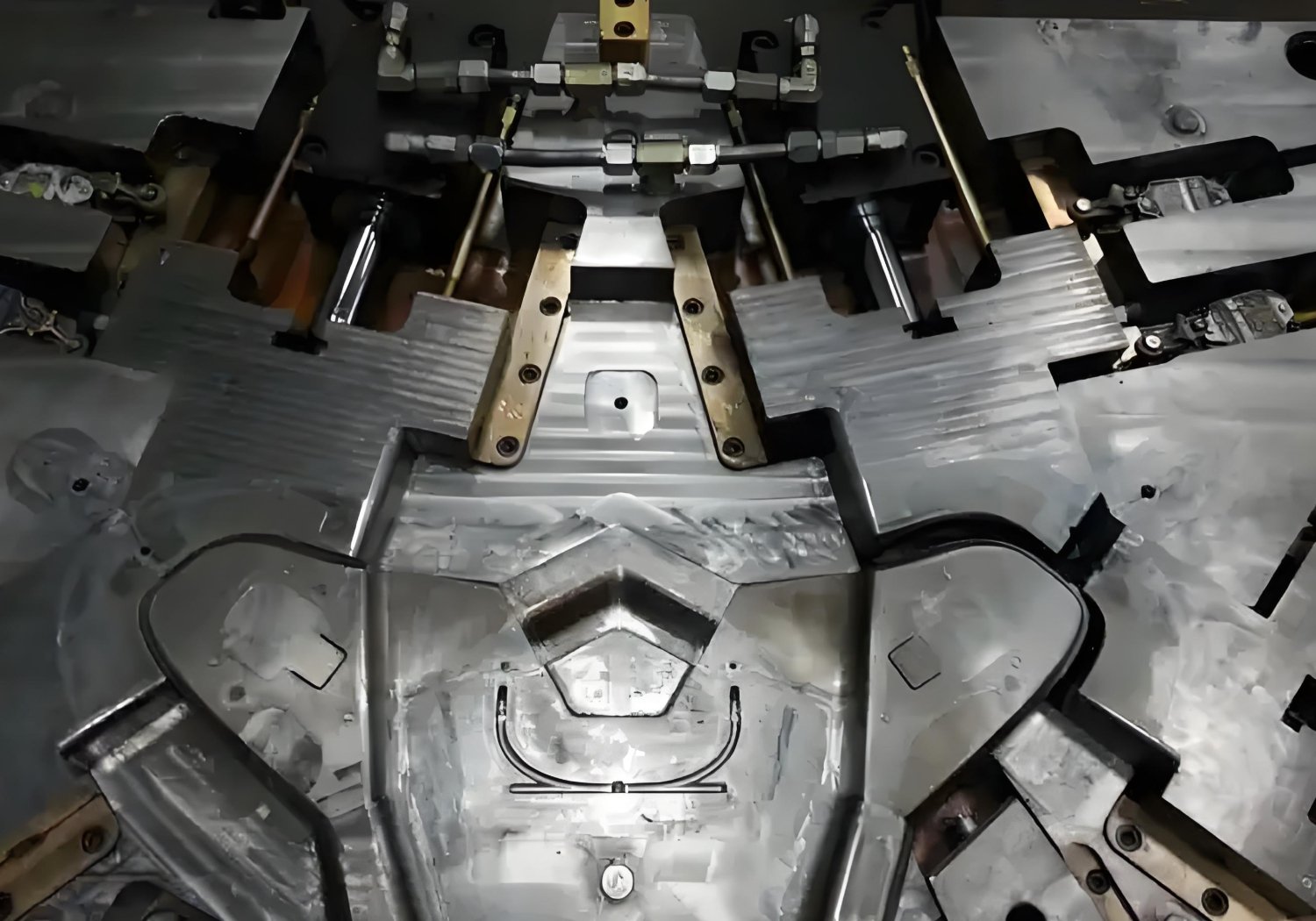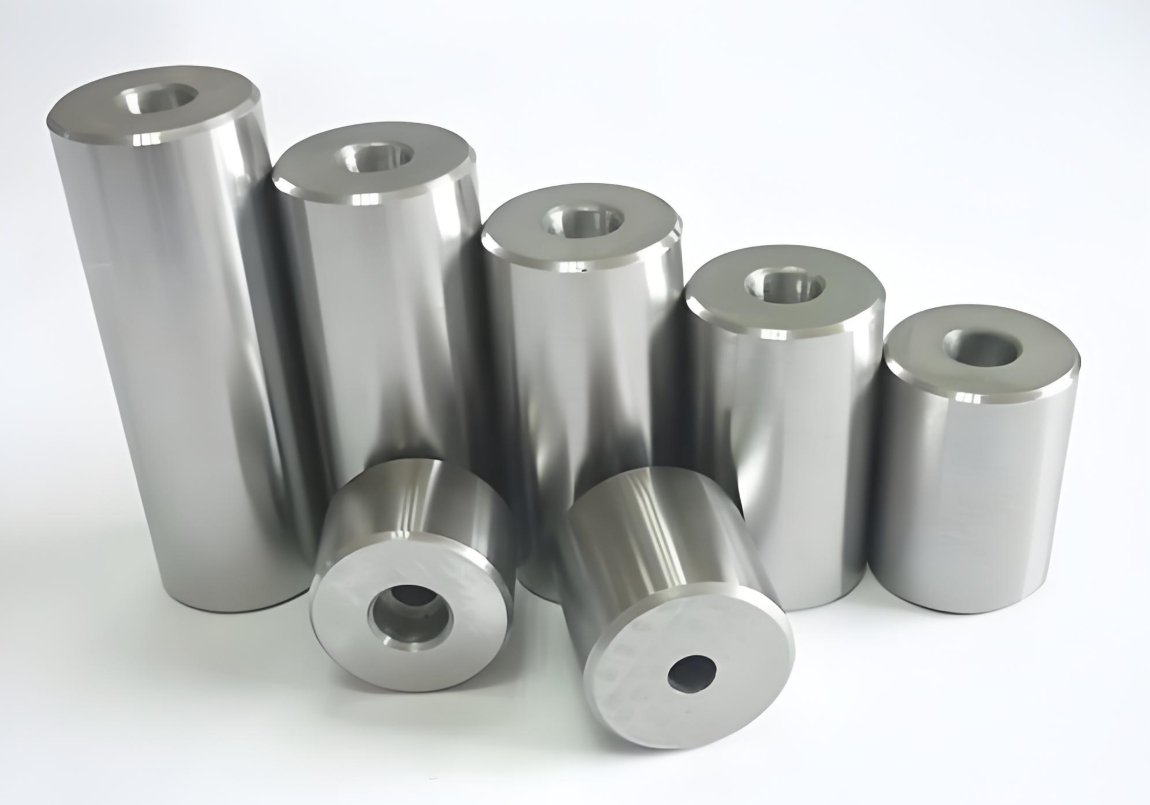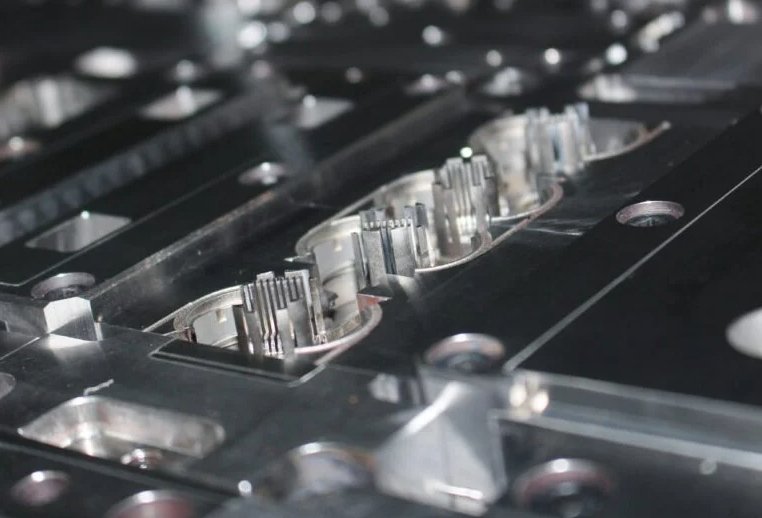Precision Guiding & Locating Components
Engineered Leader Pins, Bushings & Alignment Systems for Seamless Mold Operation
Dedicated QA: 100% inspection of critical dimensions with CMM.
Engineering Support: DFM feedback to optimize alignment systems.
- Industry-Leading Warranty: 18-month coverage on wear-resistant systems.
Start your project now
ISO 9001:2015 Certified Processes
ISO 13485: 2016 Medical Device
IATF 16949: 2016 Automotive
AS9100 Quality Management
No Minimum Order Quantities
In-Process Inspection with CMM
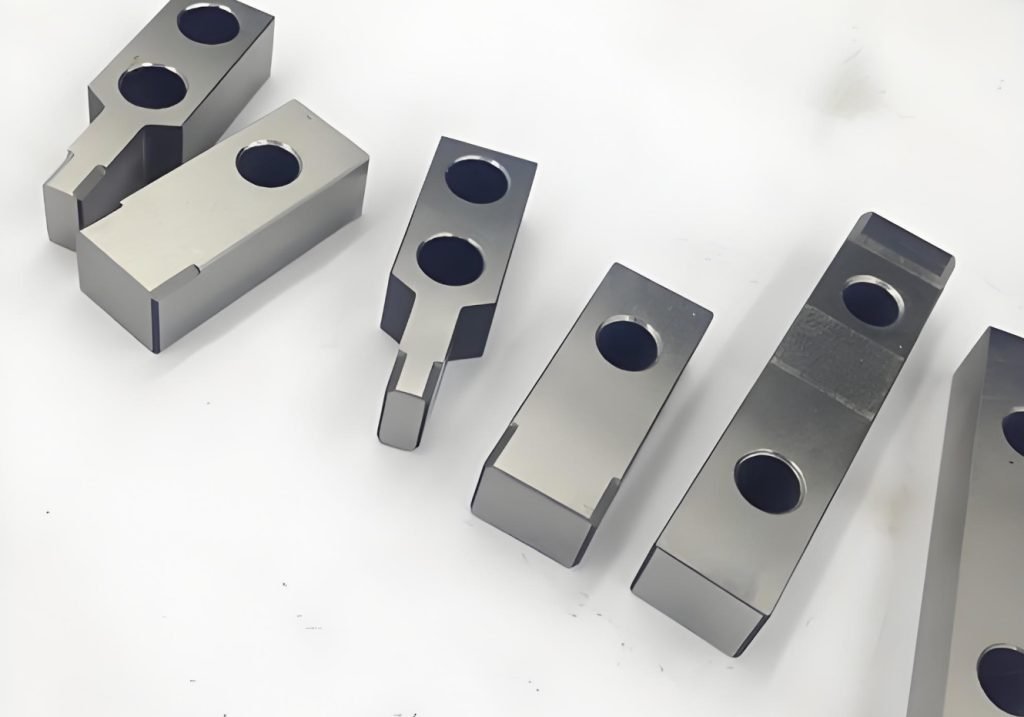
Mold Guiding & Locating Components
Guiding & locating components ensure proper alignment, stability, and repeatability in mold operations, preventing misalignment that could lead to defects or tooling damage.
At Fecision, we specialize in manufacturing and customizing these critical components to maximize your mold’s lifespan and performance.
Custom Design: Tailored leader pin diameters (Ø6–50mm) and lengths.
Material Selection: Tool steels (SKD61, SUJ2), stainless steel, or carbide.
Rapid Prototyping: Test alignment systems in 7–15 days.
Global Support: Technical drawings reviewed within 24 hours.
Key Features
Anti-Galling Design
Titanium nitride-coated surfaces reduce friction by 45%.
Thermal Stability
Carbide components withstand -40°C to 300°C without dimensional shift.
Corrosion Resistance
Passivated stainless steel for molds using acidic resins (e.g., PVC).
Category of Guiding & Locating Components
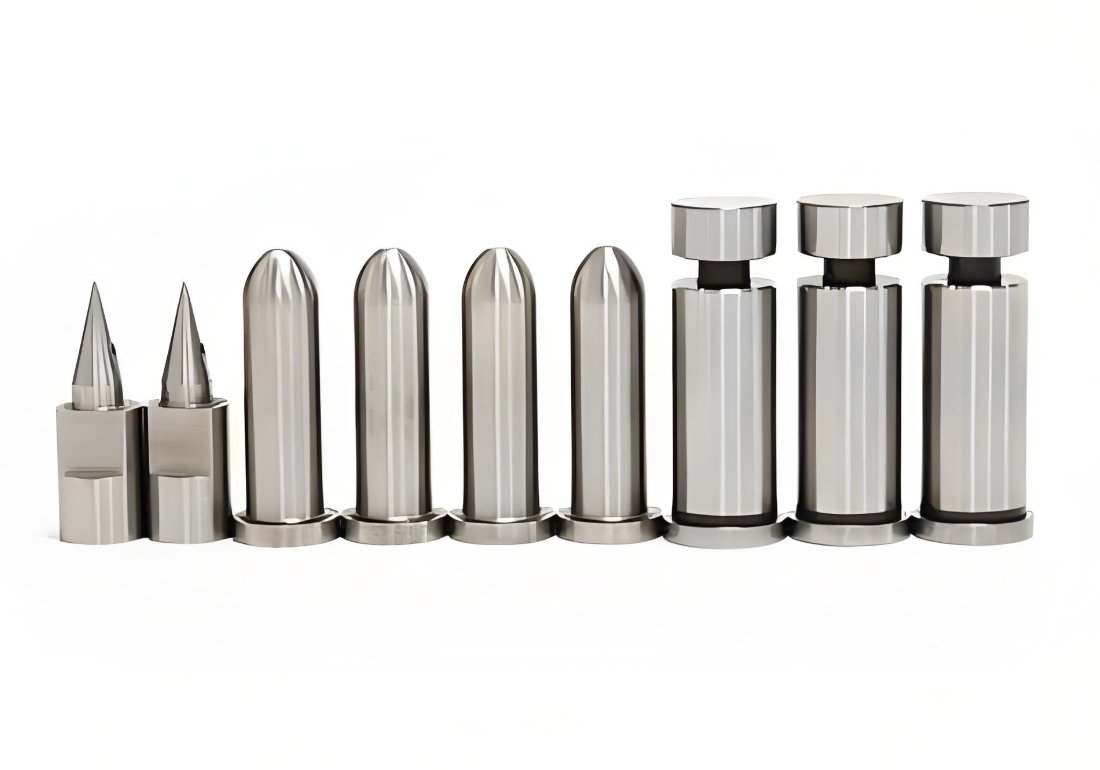
Guide Pin
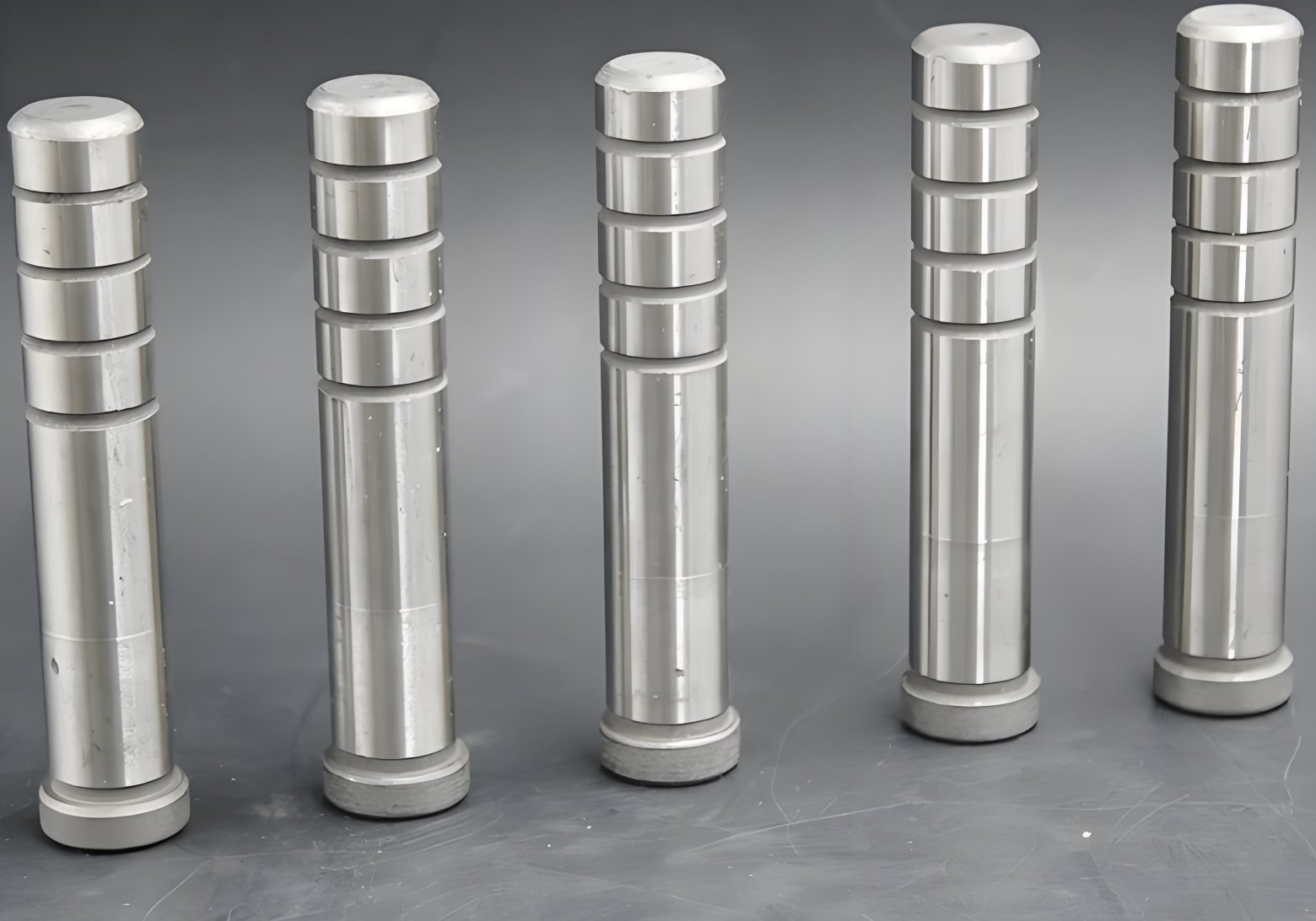
Guide Pillars
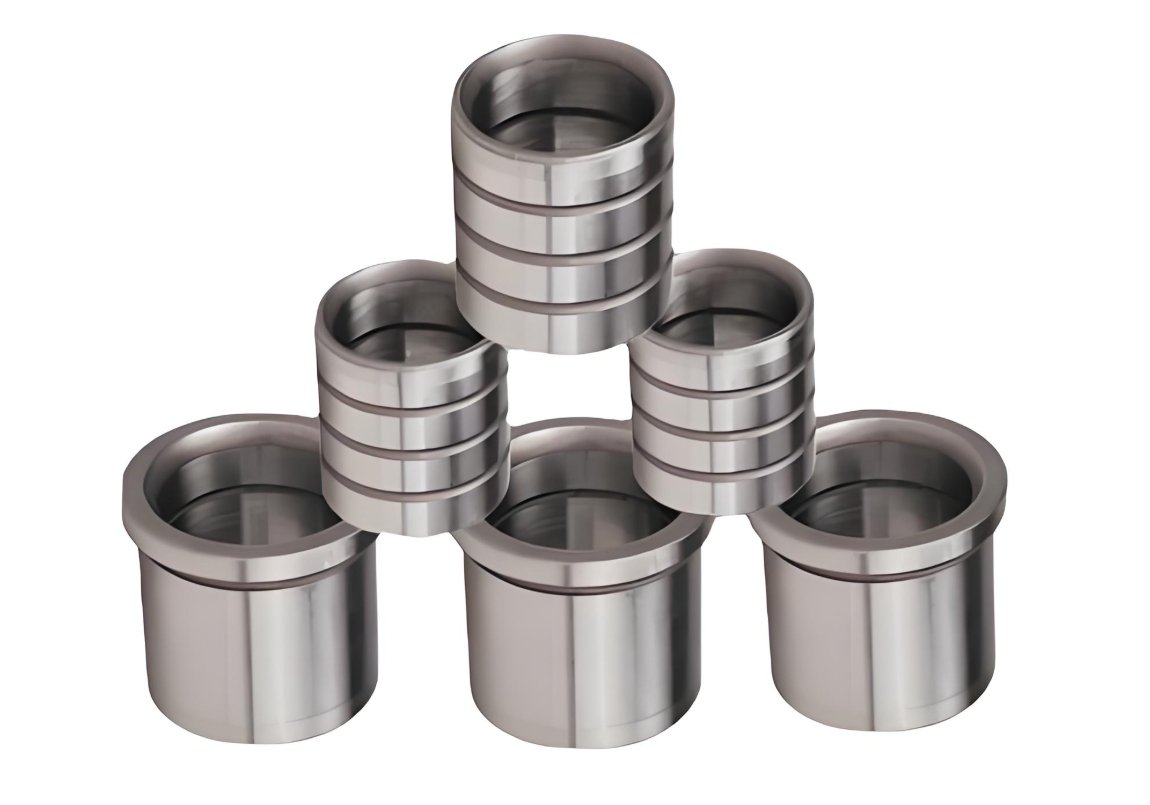
Guide Bushings
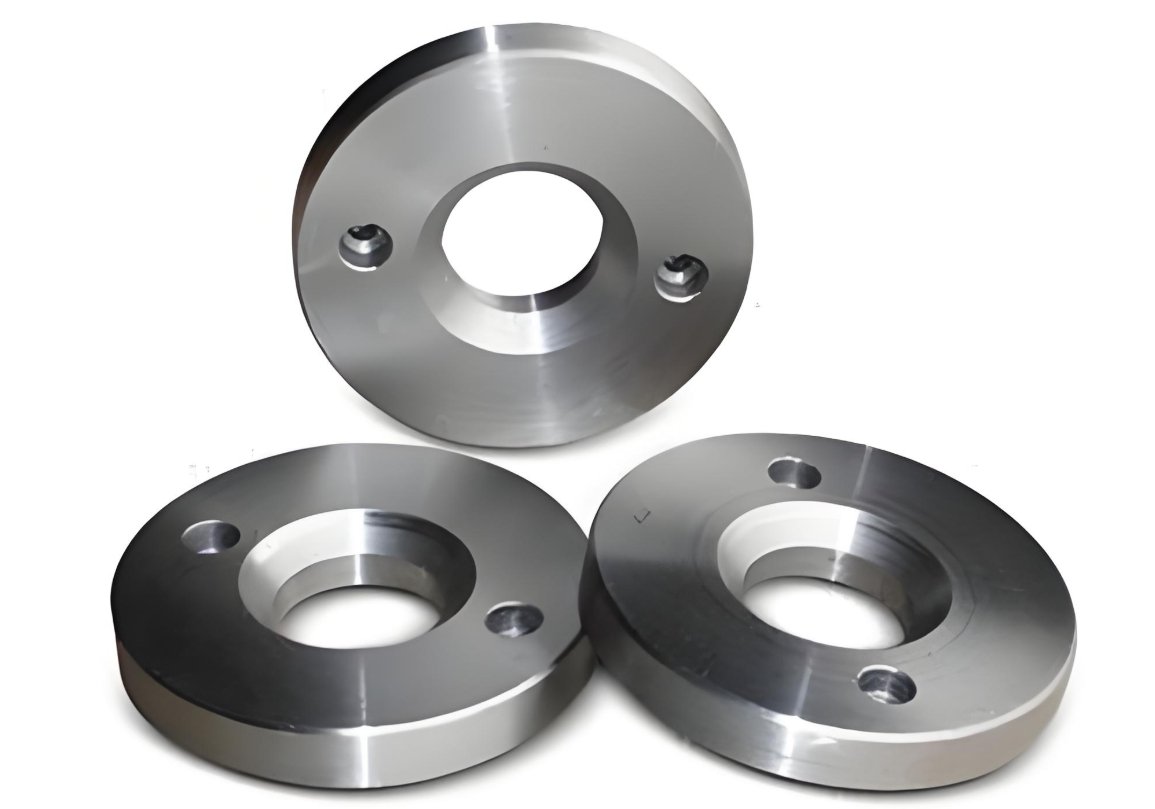
Locating Rings
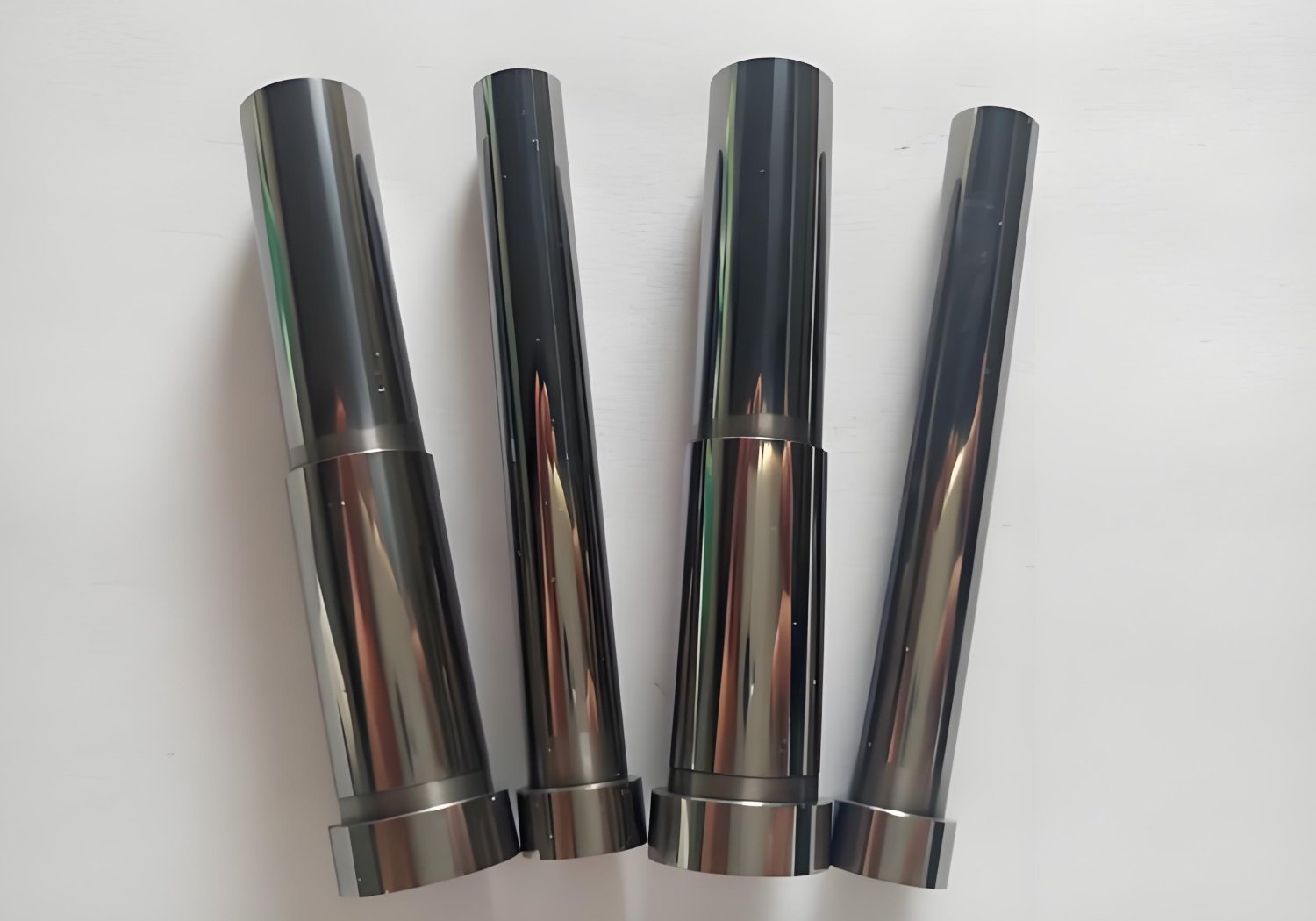
Locating Pins
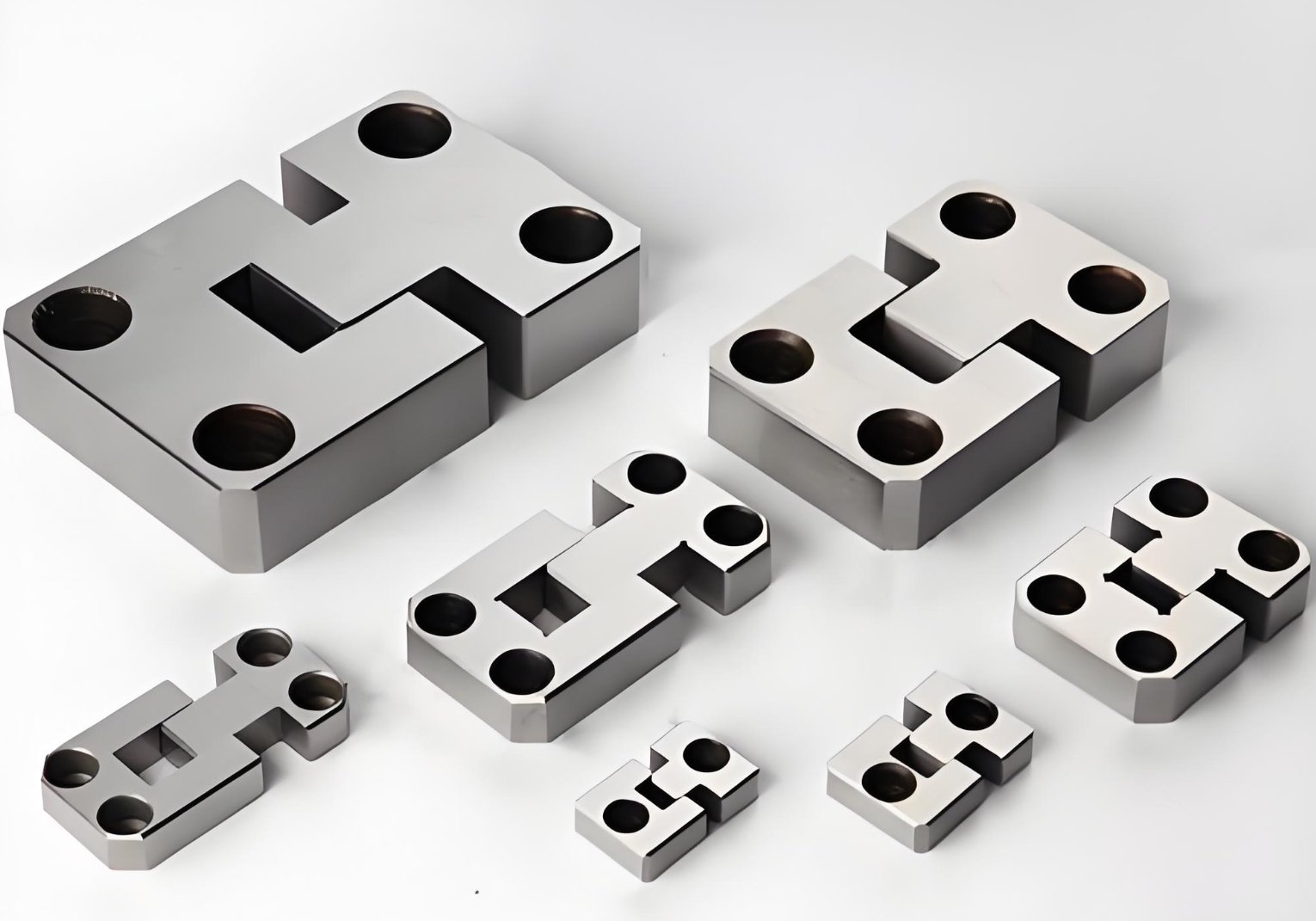
Locating Blocks
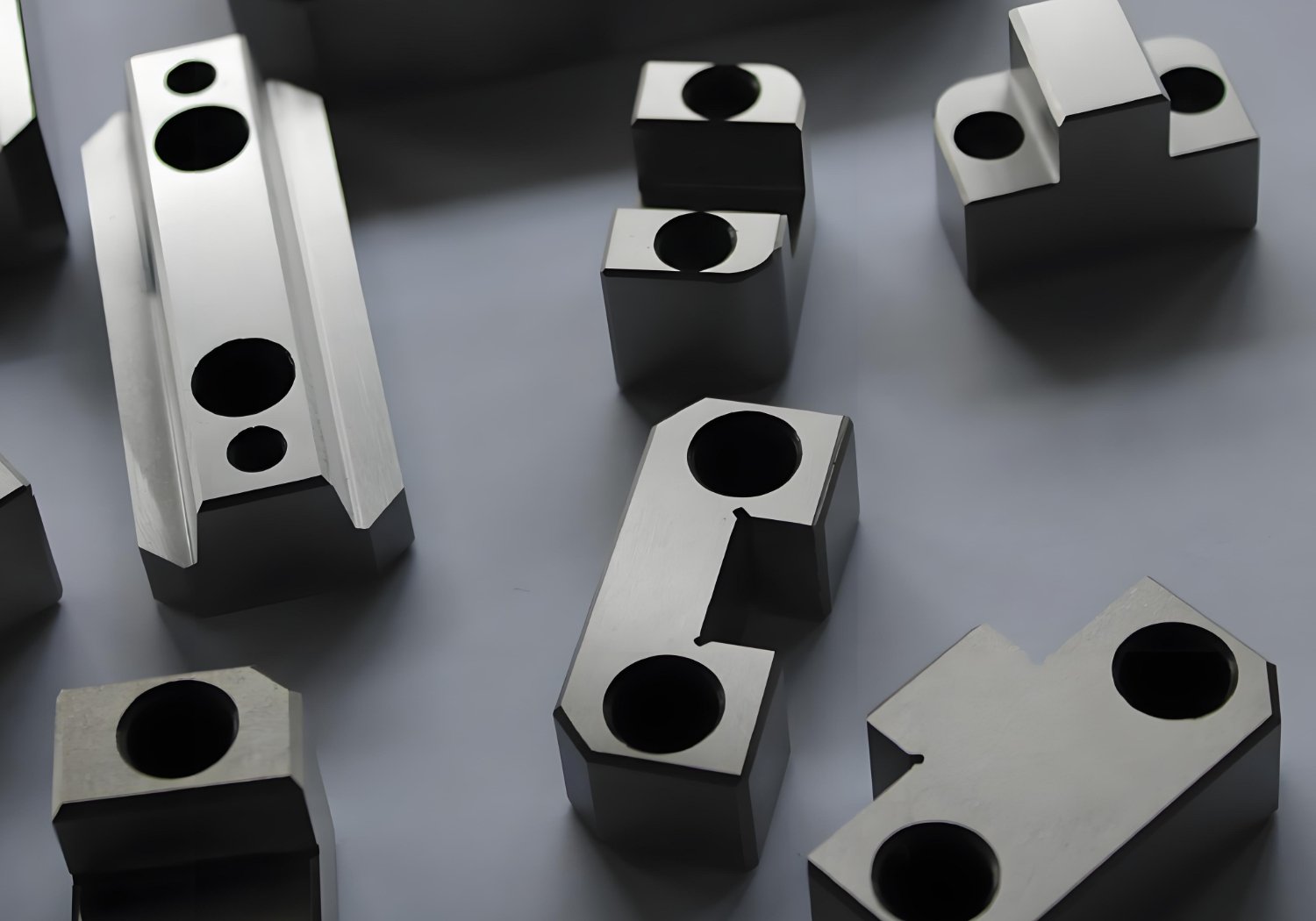
Alignment Locks
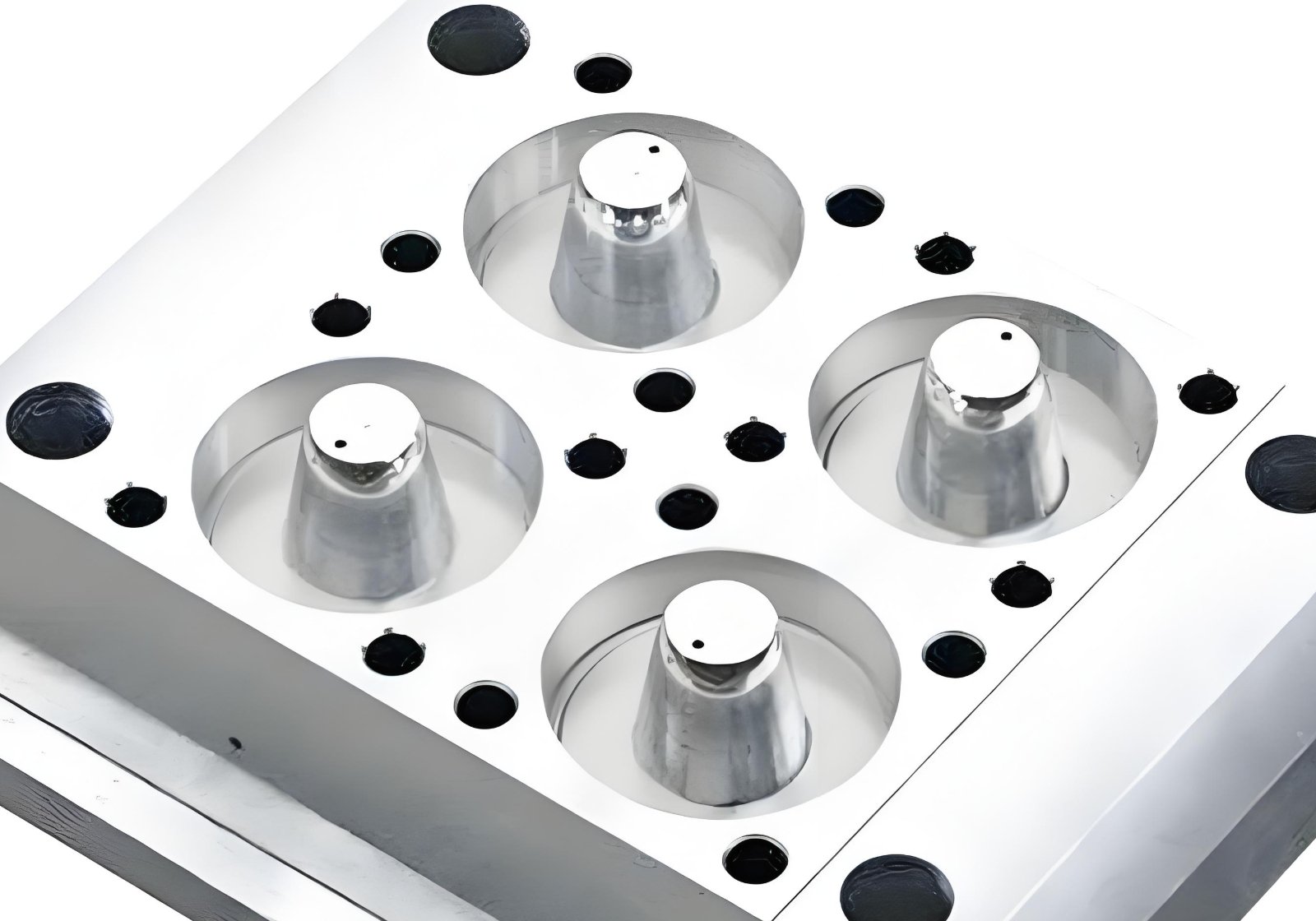
Mating Block
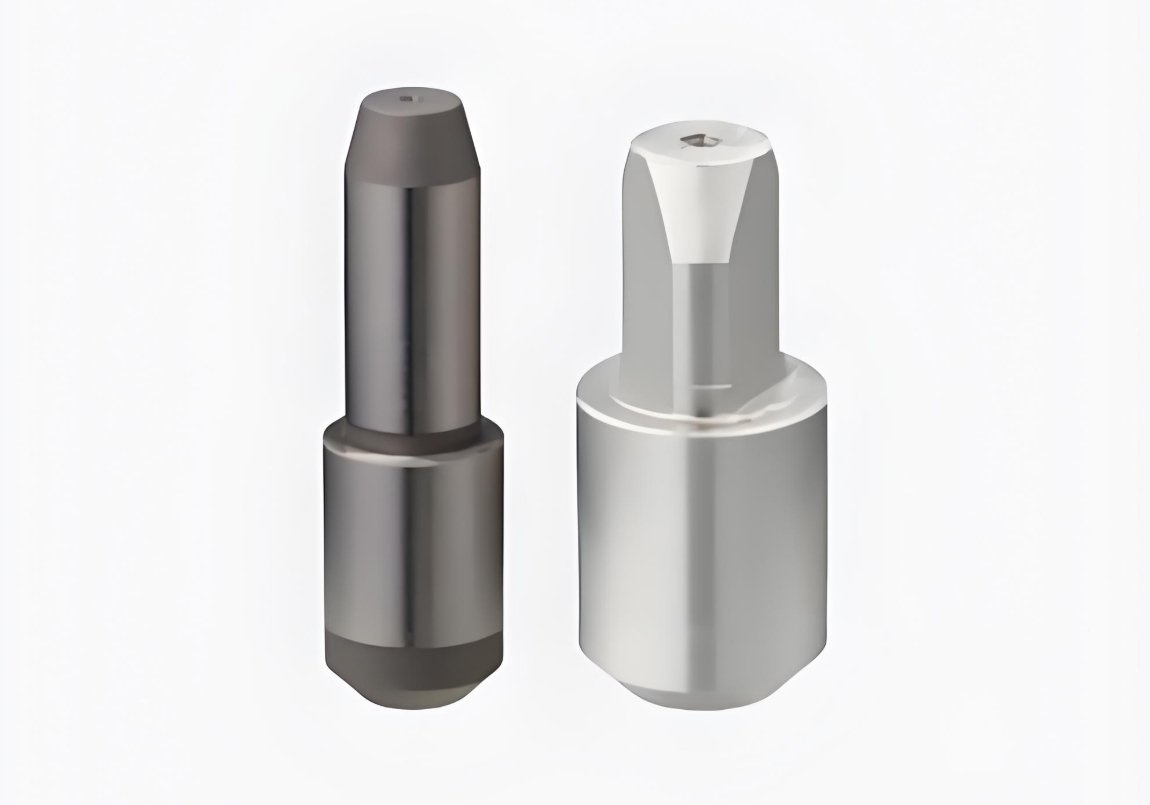
Angle Pins
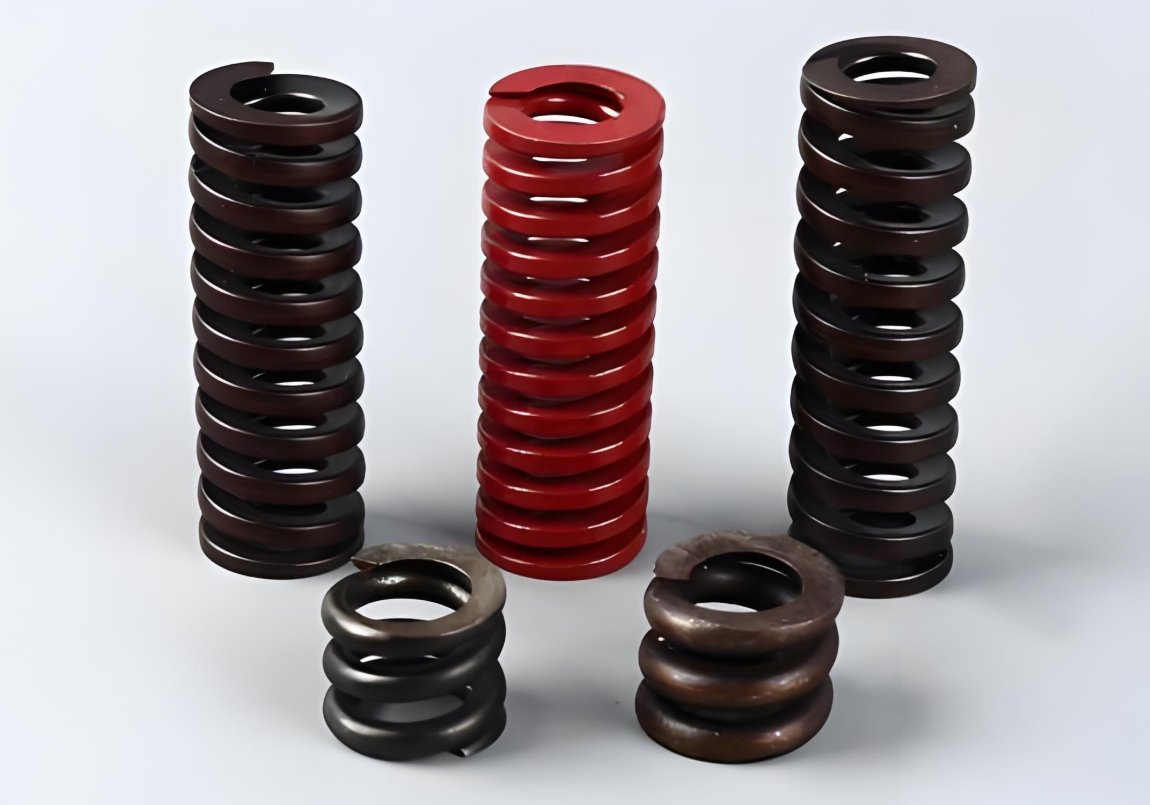
Return Spring
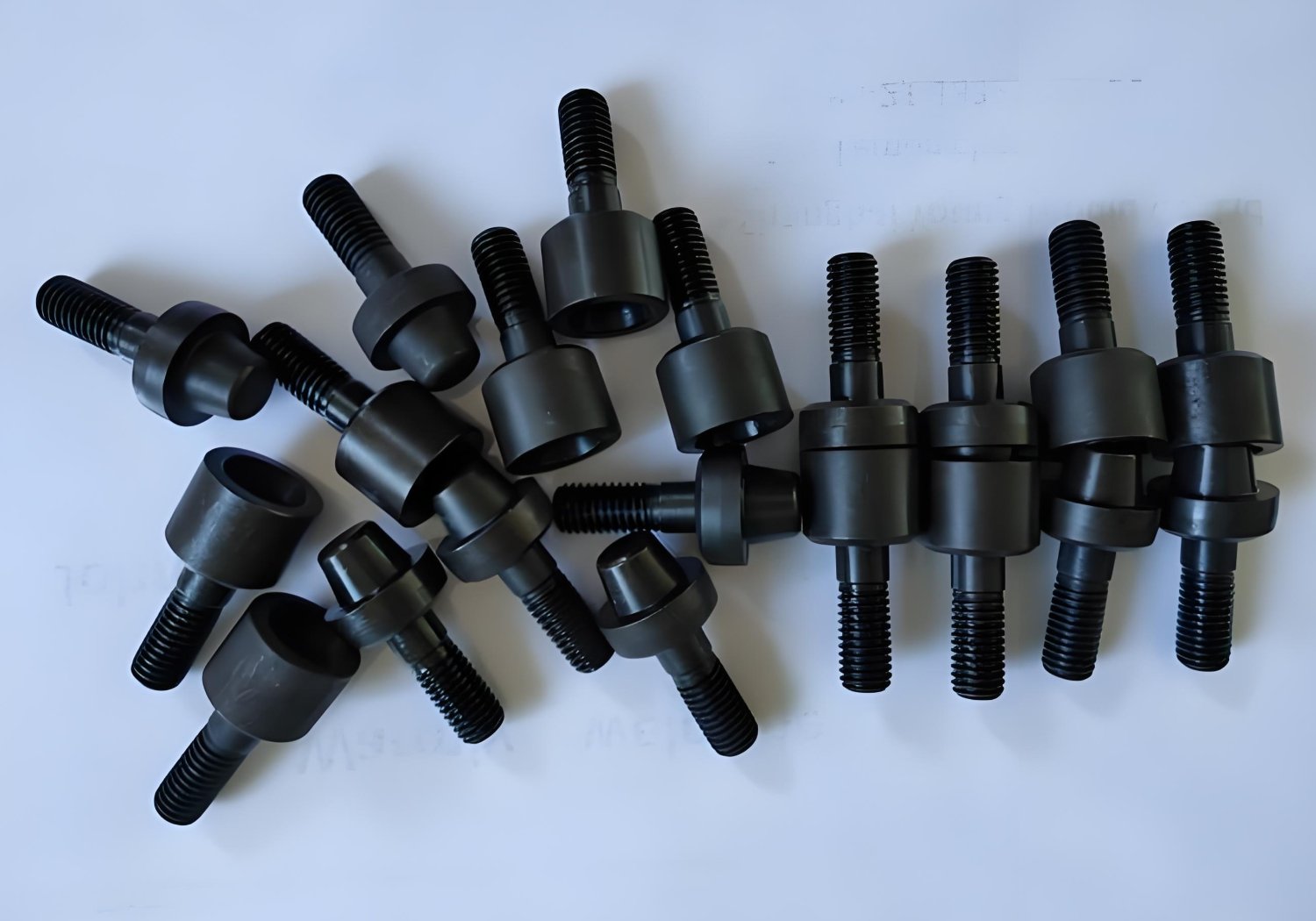
Stop Pins
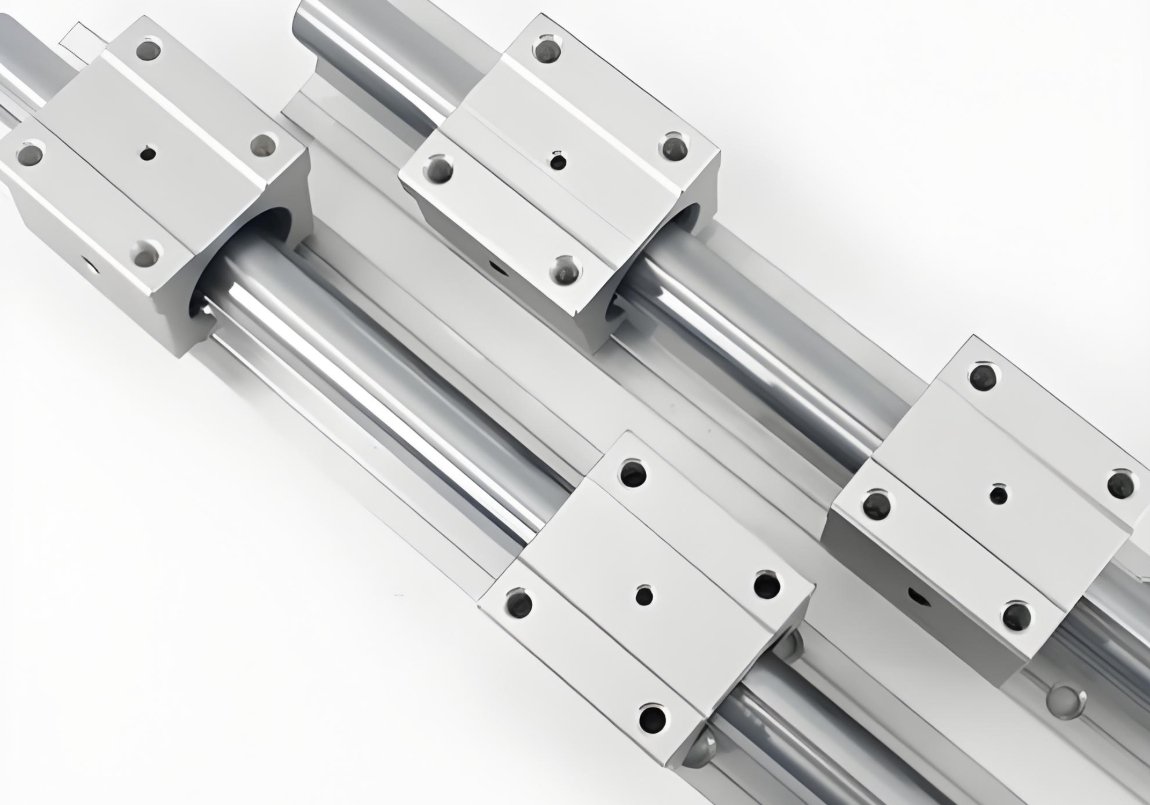
Guide Rail
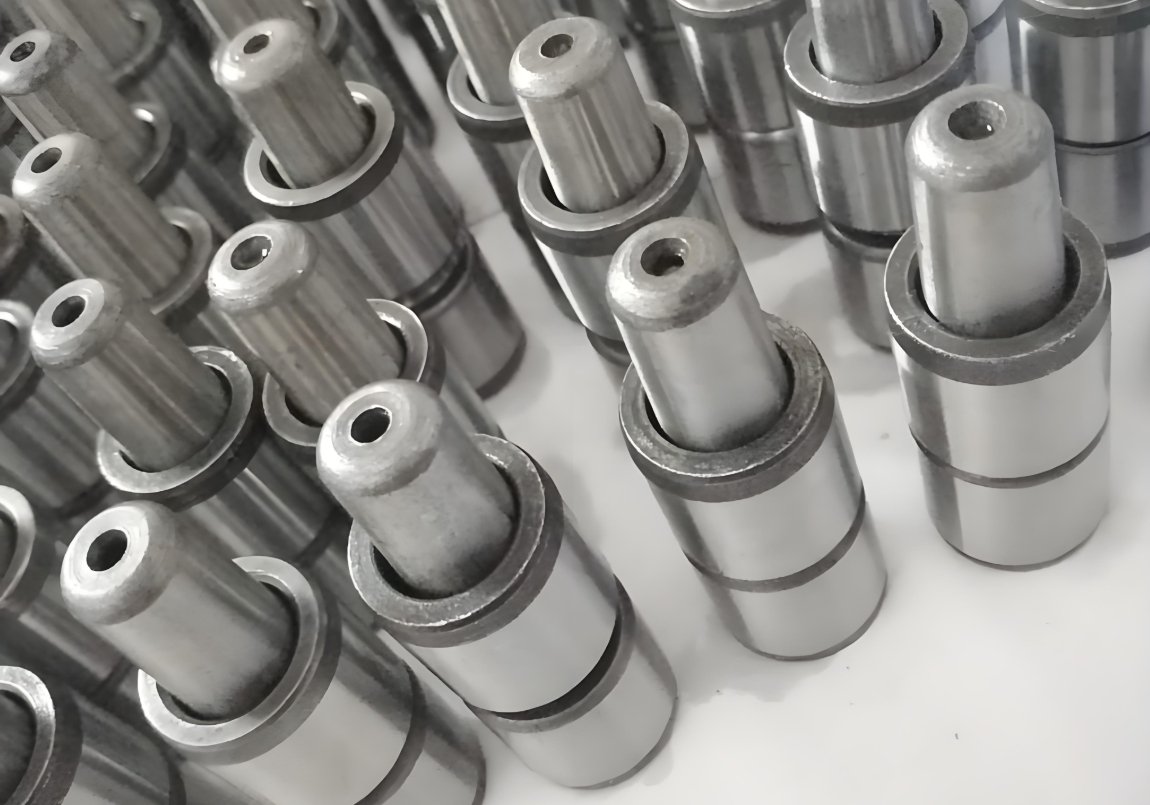
Leader Pin
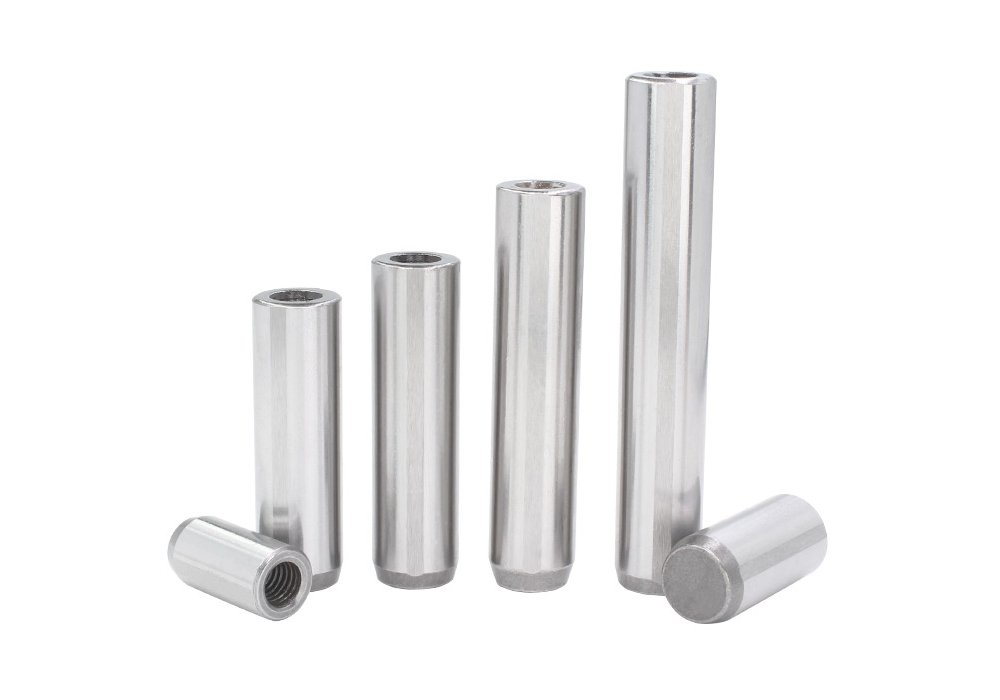
Dowels
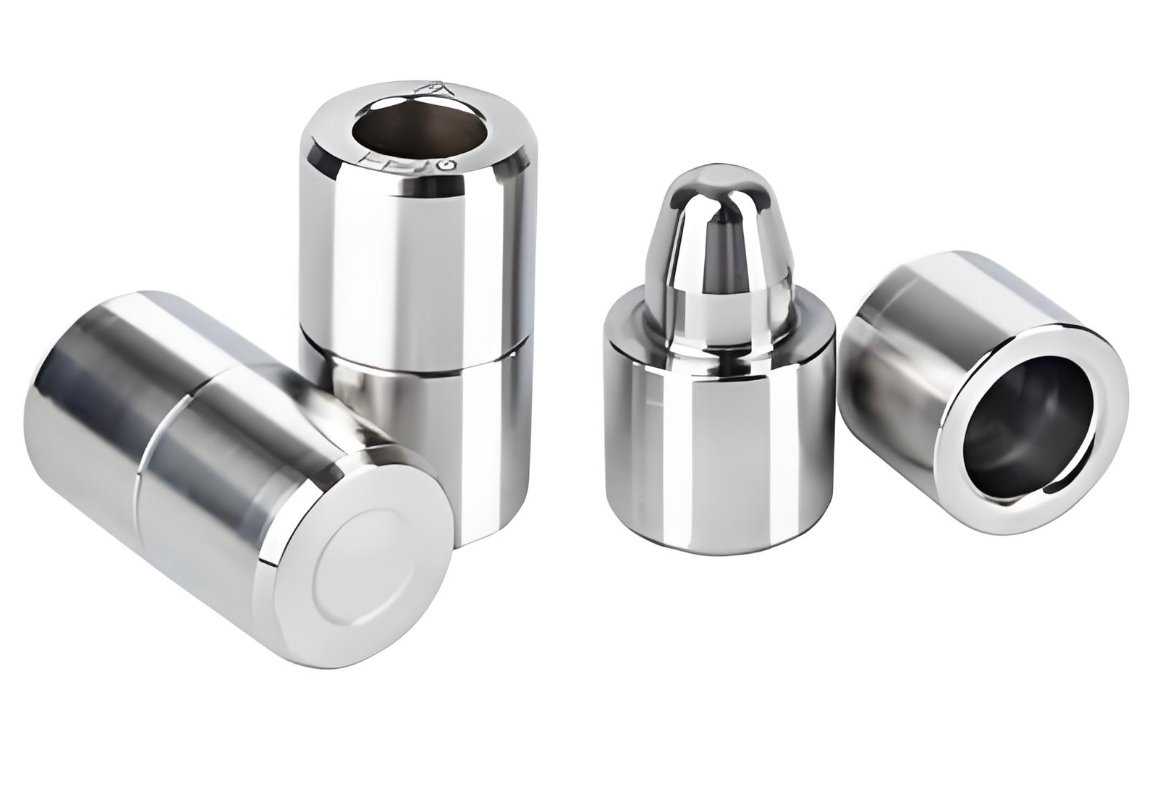
Ejector Guide Pins
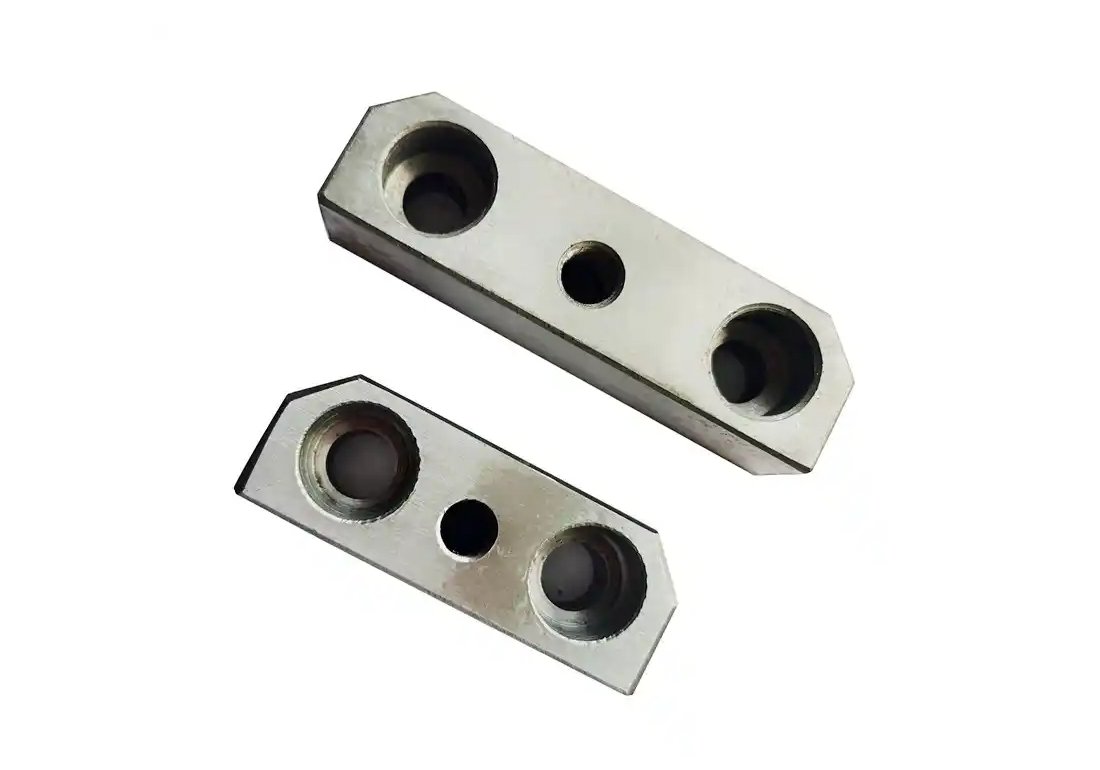
Stop Blocks
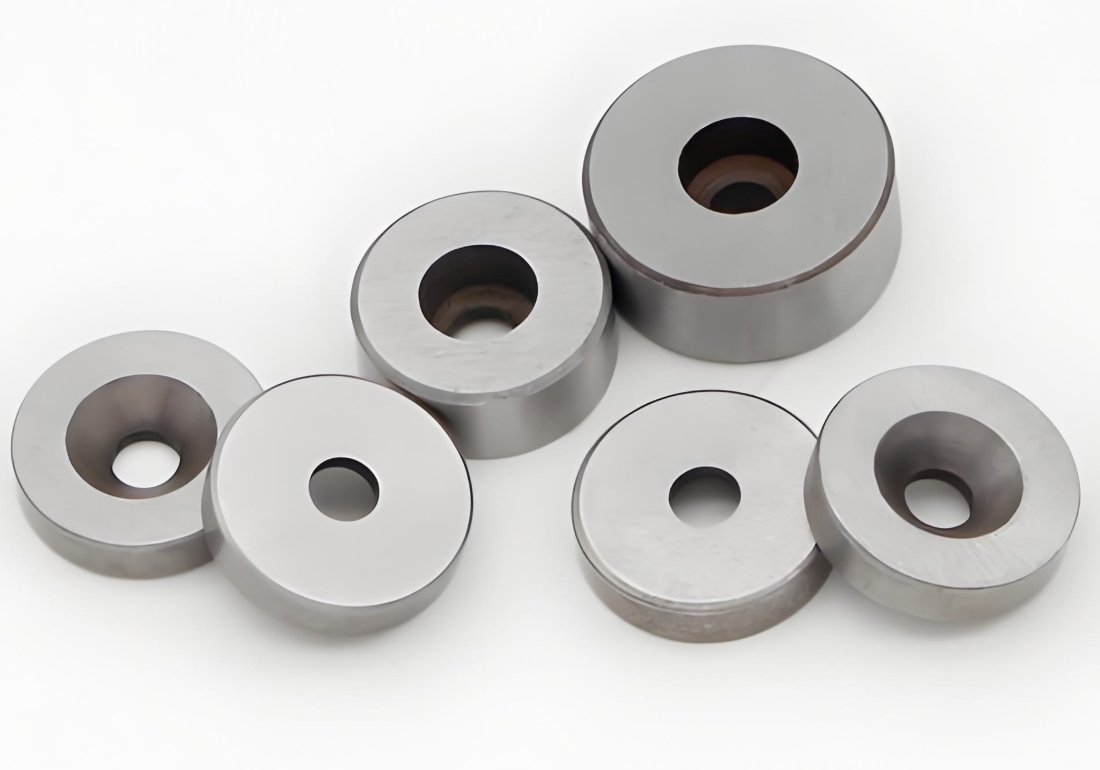
Stop Discs
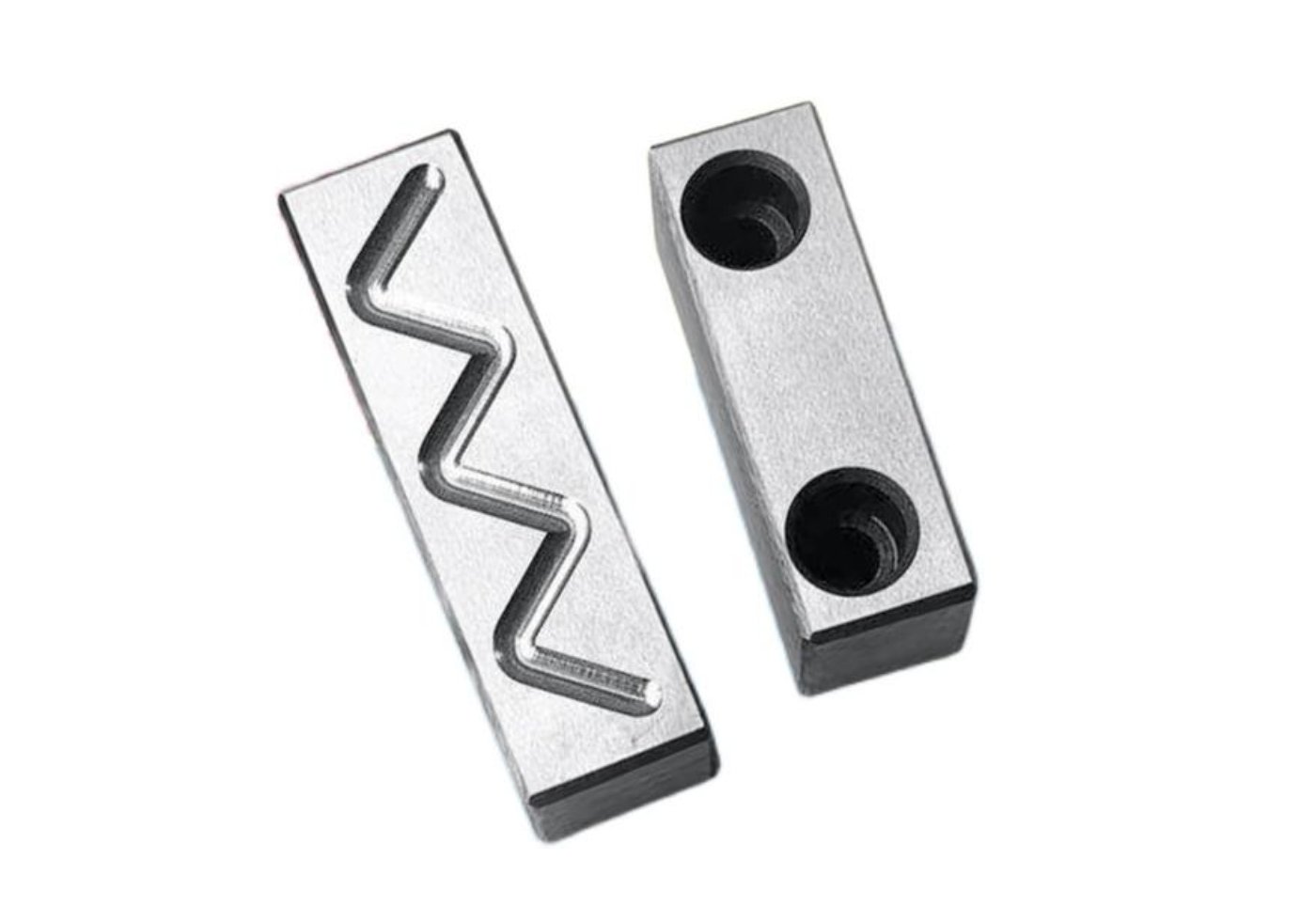
Guide Slider
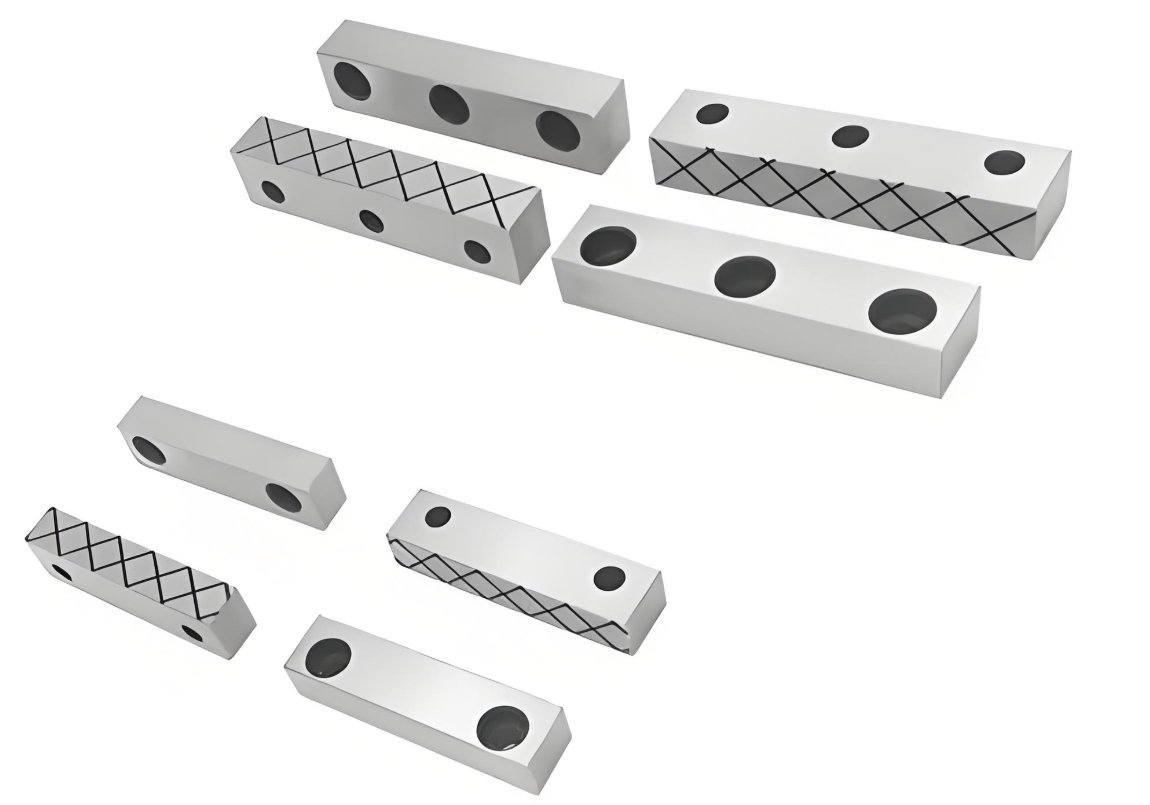
Side Guide Blocks
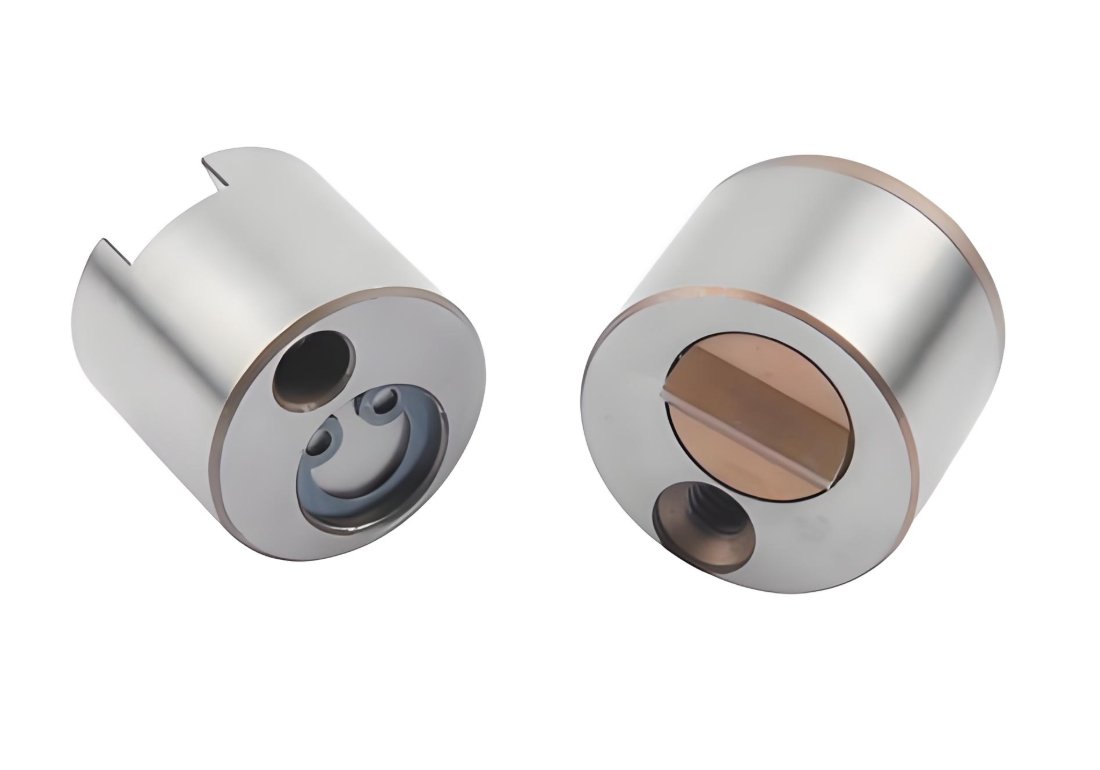
Slide Retainers
Fecision Mold Component Tooling Network
In response to different service types and diverse business needs, we have deployed suppliers with different manufacturing capabilities.
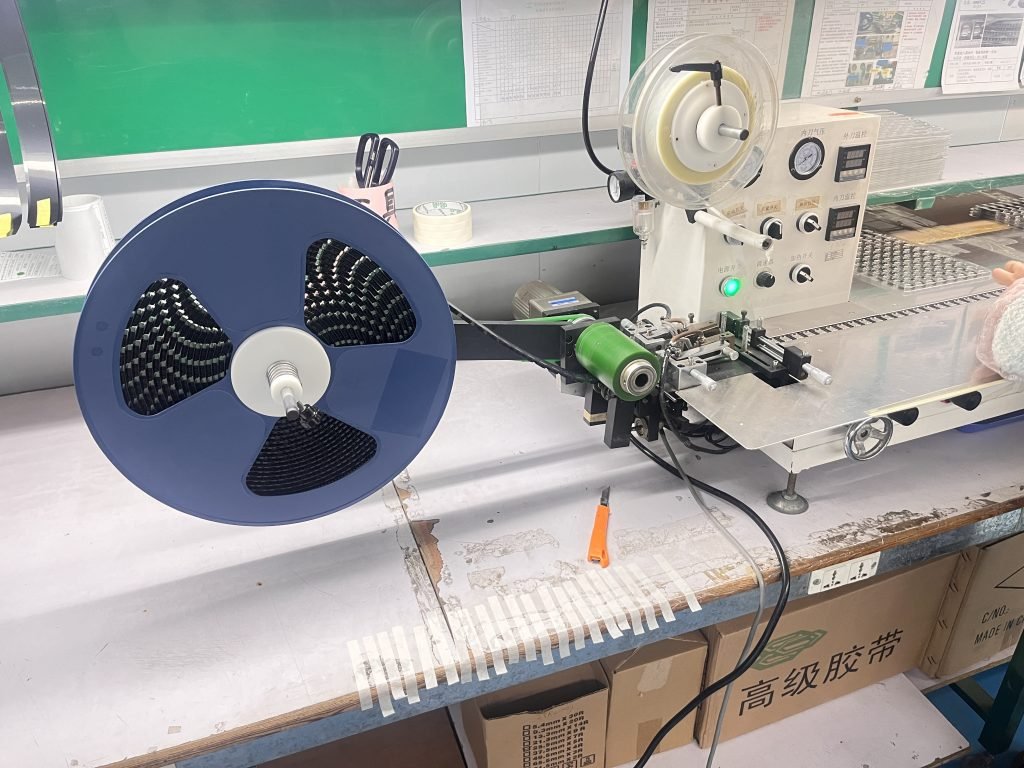
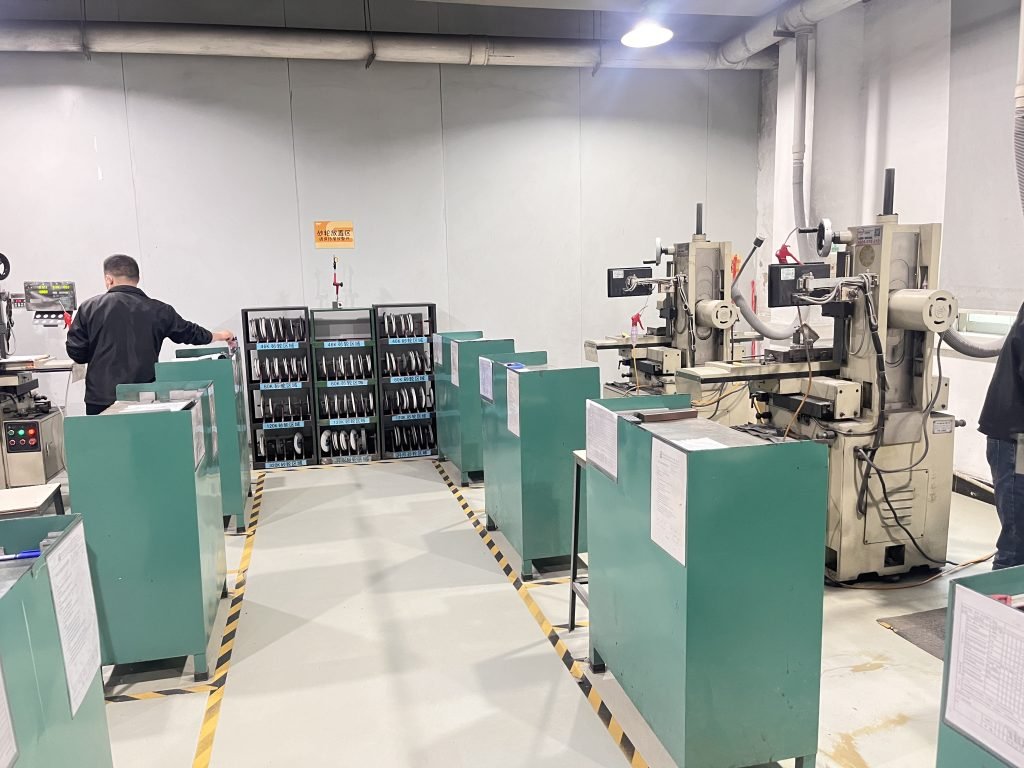
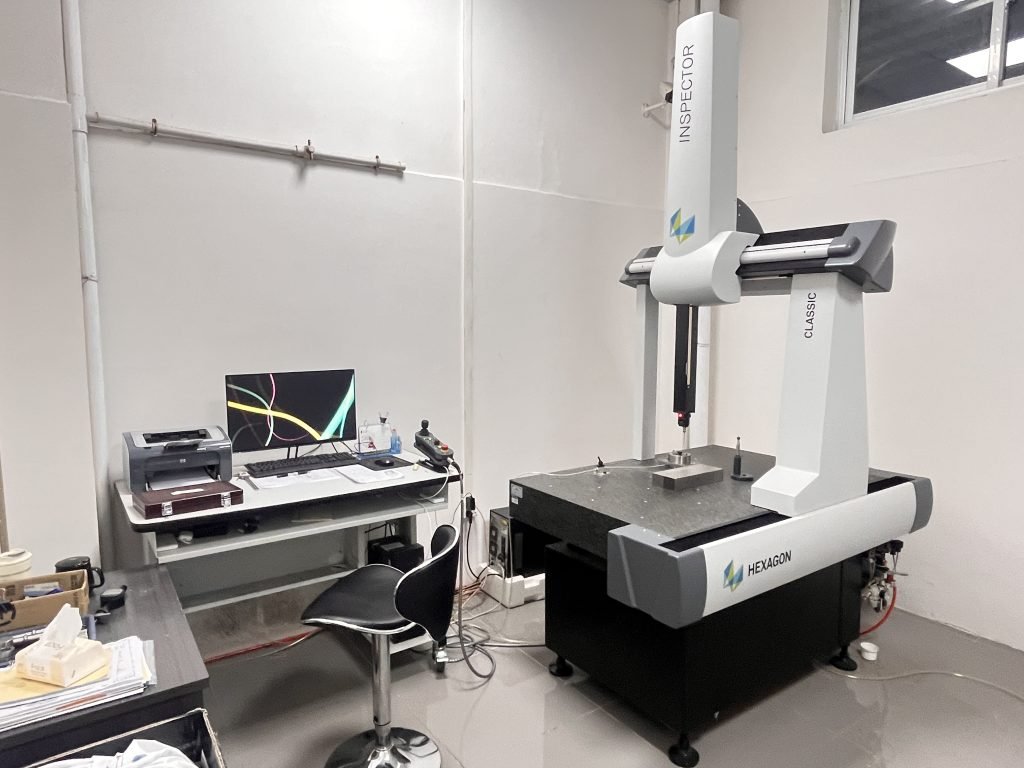
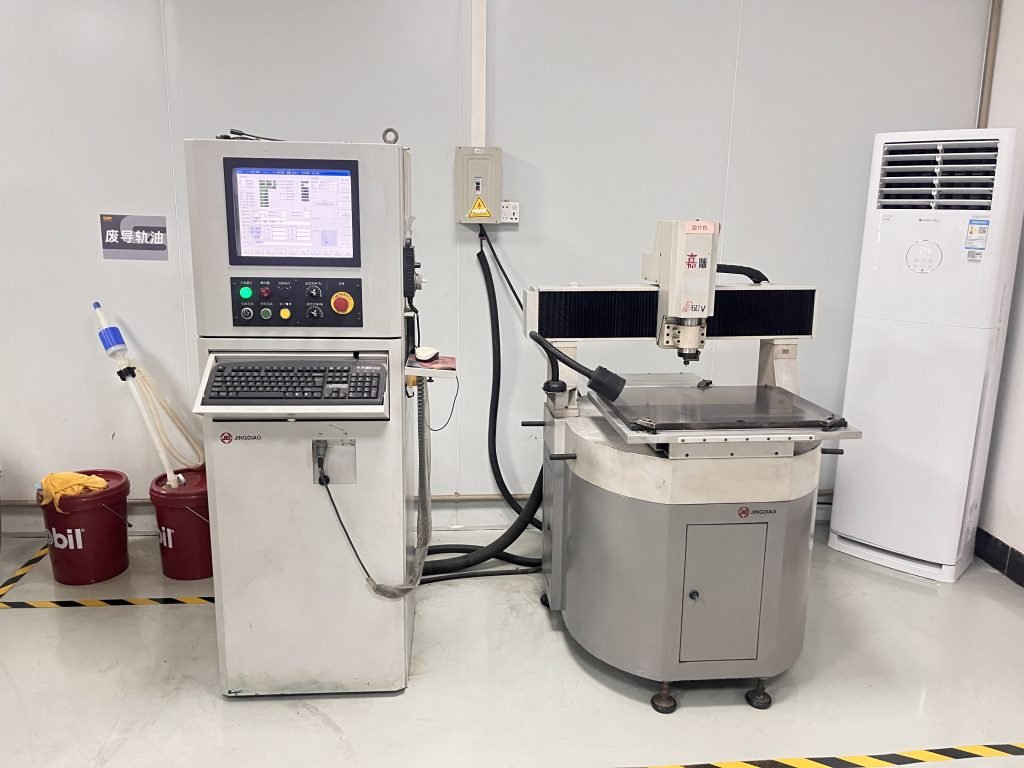
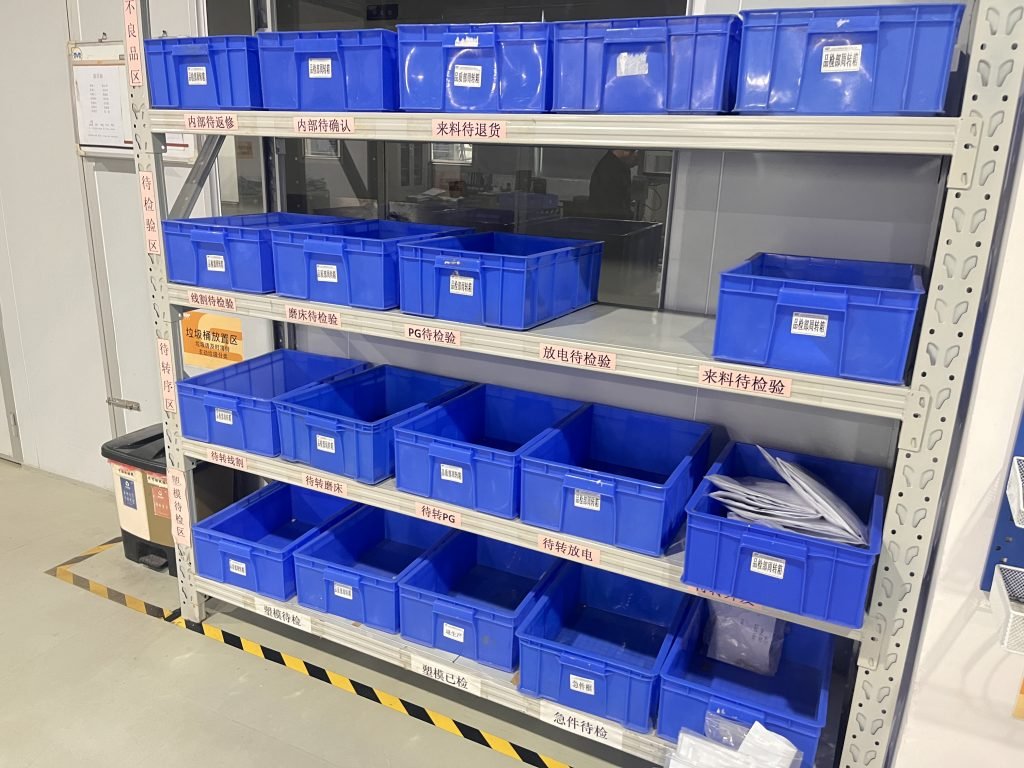
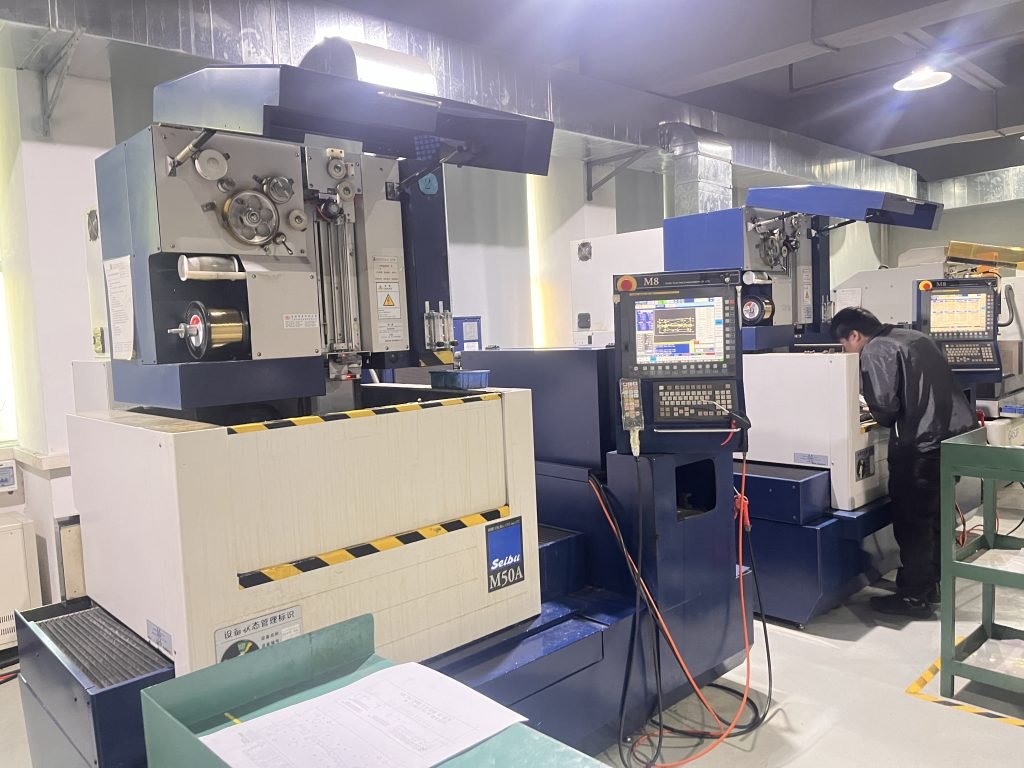

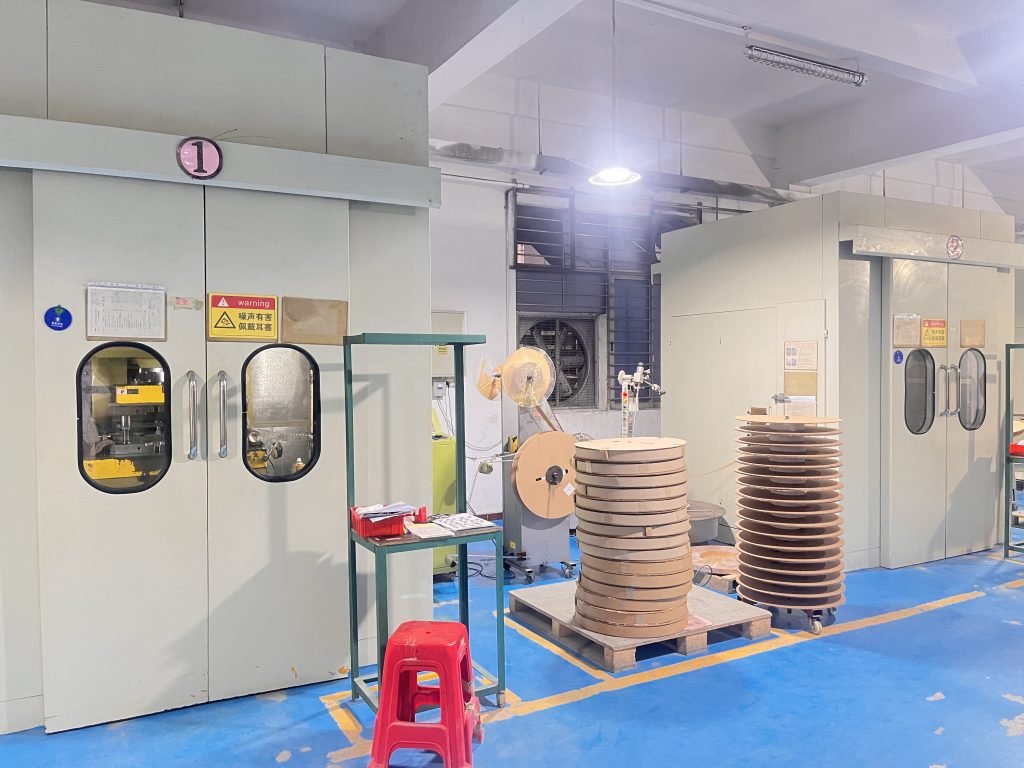
Technical Specs for Mold Components
Our processes ensure unmatched consistency and repeatability at fast lead times and affordable pricing.
| Category | Parameter | Typical Value/Standard |
| Material Properties | Hardened steel grade (e.g., H13, S136) | AISI H13 (HRC 48-52) |
| Thermal conductivity (tool steels) | 24-30 W/m·K | |
| Dimensional Accuracy | Linear tolerance (core/cavity) | ±0.01 mm |
| Coaxiality (ejector pins) | ≤0.005 mm | |
| Surface Treatment | Surface roughness (polished cavities) | Ra ≤0.2 μm |
| Nitriding hardness | HV 800-1000 (DIN 50190) | |
| Machining Parameters | CNC positioning accuracy | ±0.005 mm (5-axis) |
| Wire-cut precision (LS-WEDM) | ±0.003 mm | |
| Quality Control | 3D measurement accuracy (CMM) | ±0.002 mm |
| Mold base standard | HASCO/DME |
Manufacturing Capabilities

CNC Grinding
- Achieves surface finishes of Ra ≤0.1μm for bushings to minimize plate wear.

Cryogenic Hardening
- Increases hardness of guide pillars to 62-64 HRC, reducing galling in high-speed molds.

Powder Metallurgy
- Sintered bronze bushings with embedded graphite for self-lubrication.
Post-Processing & Surface Treatments
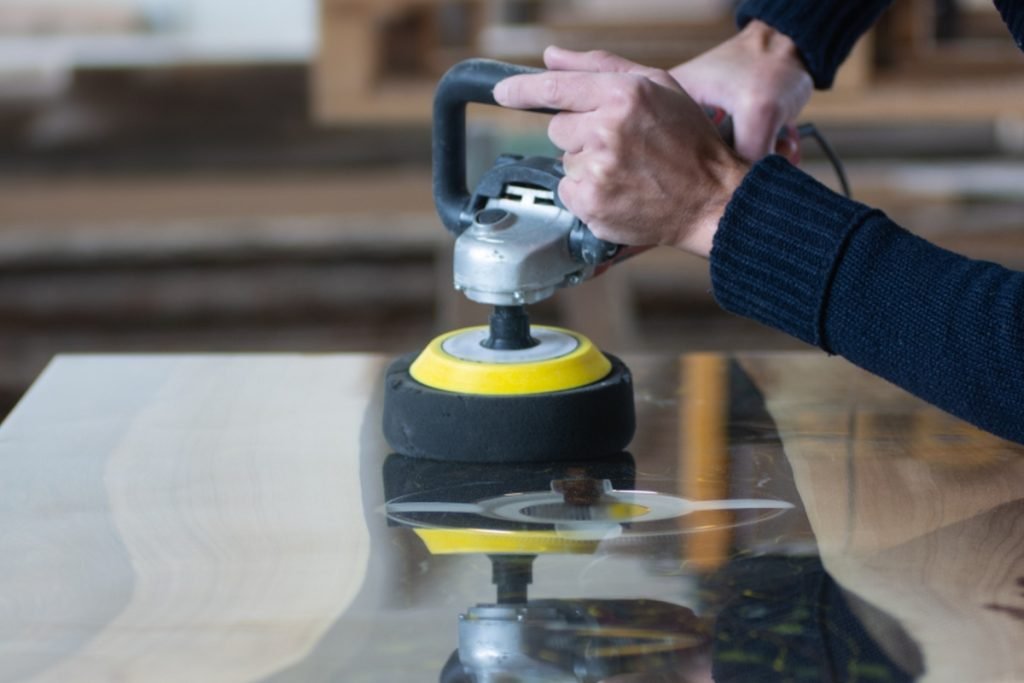
Diamond Grinding
- Final lapping of guide pillar mating surfaces to <0.0005mm flatness.
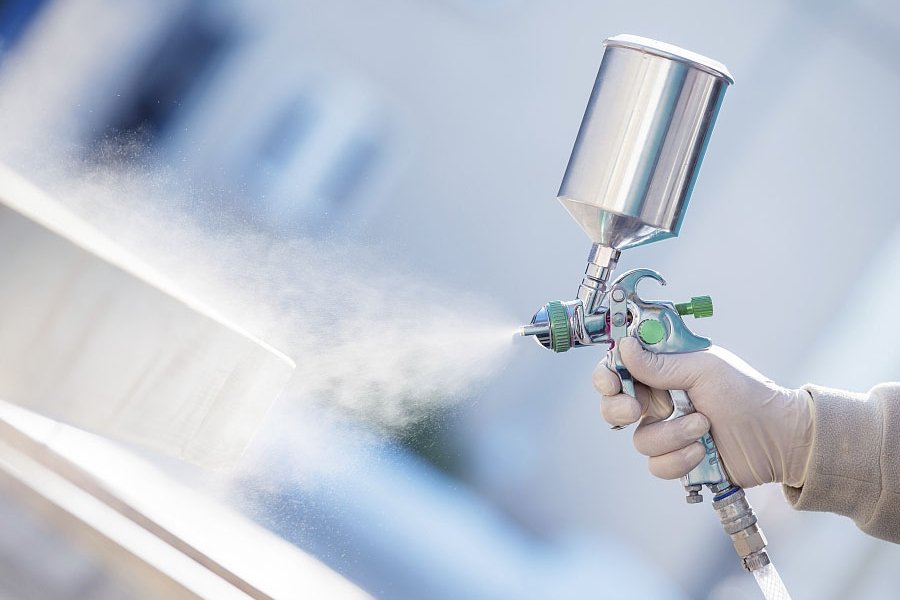
Black Oxide Coating
- Prevents rust in humid molding environments without affecting tolerances.
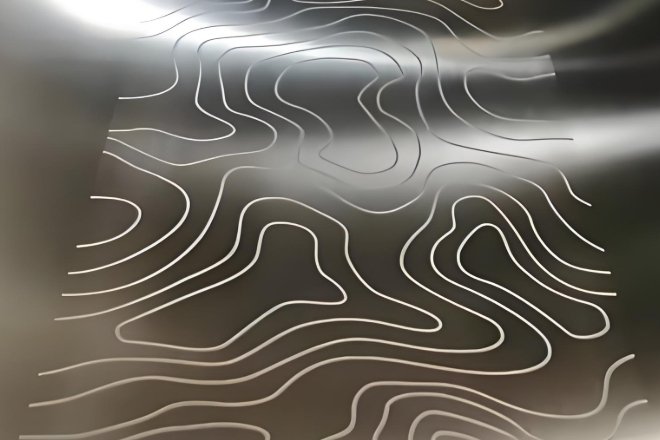
Nitriding
- Surface hardness up to 1,200 HV on aluminum molds for extended service life.
Why Fecision for Mold Components?

Precision and Accuracy
Using state-of-the-art CNC machining, EDM, and other advanced manufacturing techniques, Fecision ensures all mold components meet tight tolerances and high-quality standards.
Customization
Fecision understands the unique needs of each project. Our team works closely with customers to provide tailored solutions, ensuring that each component fits perfectly within the target mold system.
Rapid Prototyping
Fecision offers rapid prototyping for mold components, enabling customers to test and refine designs quickly before moving into full production.
End-to-End Services
From initial design and DFM (Design for Manufacturability) analysis to final mold assembly and testing, Fecision handles every aspect of the mold component manufacturing process.
Process for Manufacturing Mold Components
Manufacturability Evaluation
The initial step involves assessing the manufacturablity of the mold component. If it's deemed feasible, we proceed with production immediately. If not, we will provide a detailed DFM (Design for Manufacturability) report to the customer. If necessary, mold flow analysis is performed to simulate the flow of molten material within the mold.
Material Selection
Next, choose the right material for mold parts. Common materials for mold components include steel alloys, aluminum, stainless steel, specialty alloys, etc. If needed, a prototype may be made using rapid prototyping techniques (e.g., 3D printing, CNC machining) to test the design for fit, function, and manufacturability.
Mold Components Manufacturing
Once the design and materials are finalized, the mold component undergoes CNC machining. If required, the mold component may undergo heat treatment, depending on the material and intended application. For certain components, surface hardening methods such as nitriding or carburizing are applied to increase wear resistance.
Shipping
For molds with multiple components, such as multi-cavity molds or molds with inserts, the individual components are carefully assembled into the final mold system. Once our engineers confirm the product meets all requirements, it will be shipped. We maintain ongoing communication to ensure the customer is fully satisfied with the product they receive.
Let's Start!
Together, we can make something remarkable!
Let us turn your vision into reality. Provide us with your project details, and we’ll create a customized proposal designed specifically for you.

